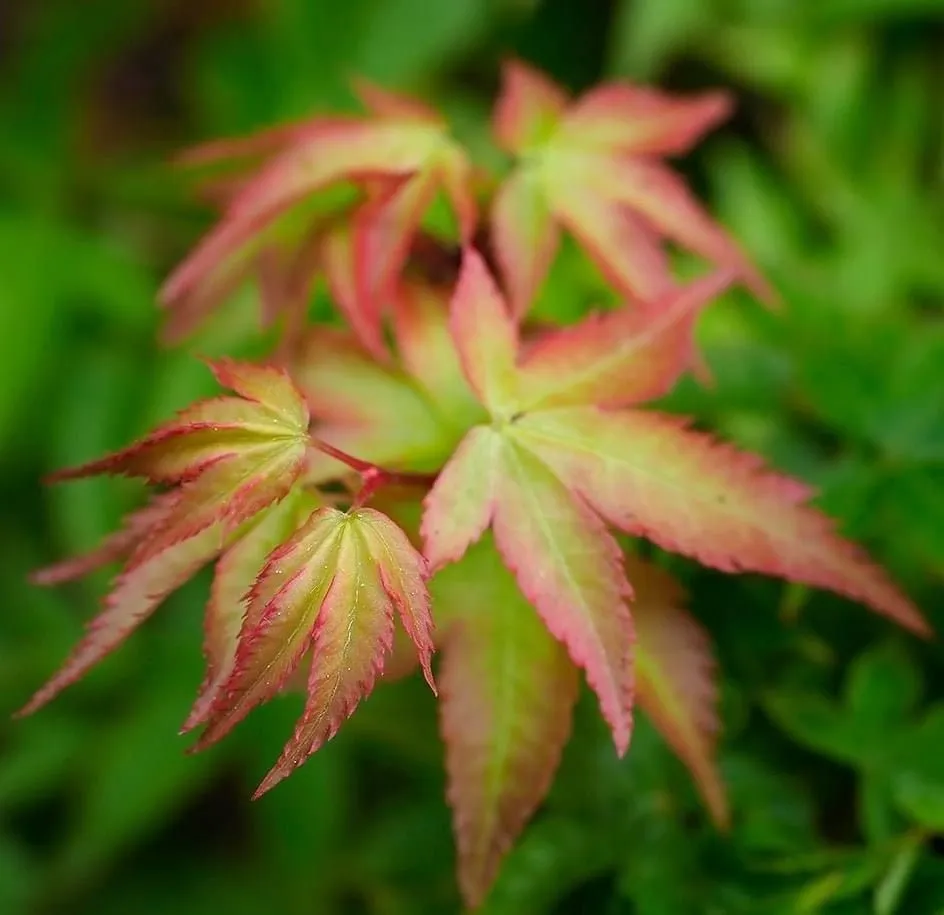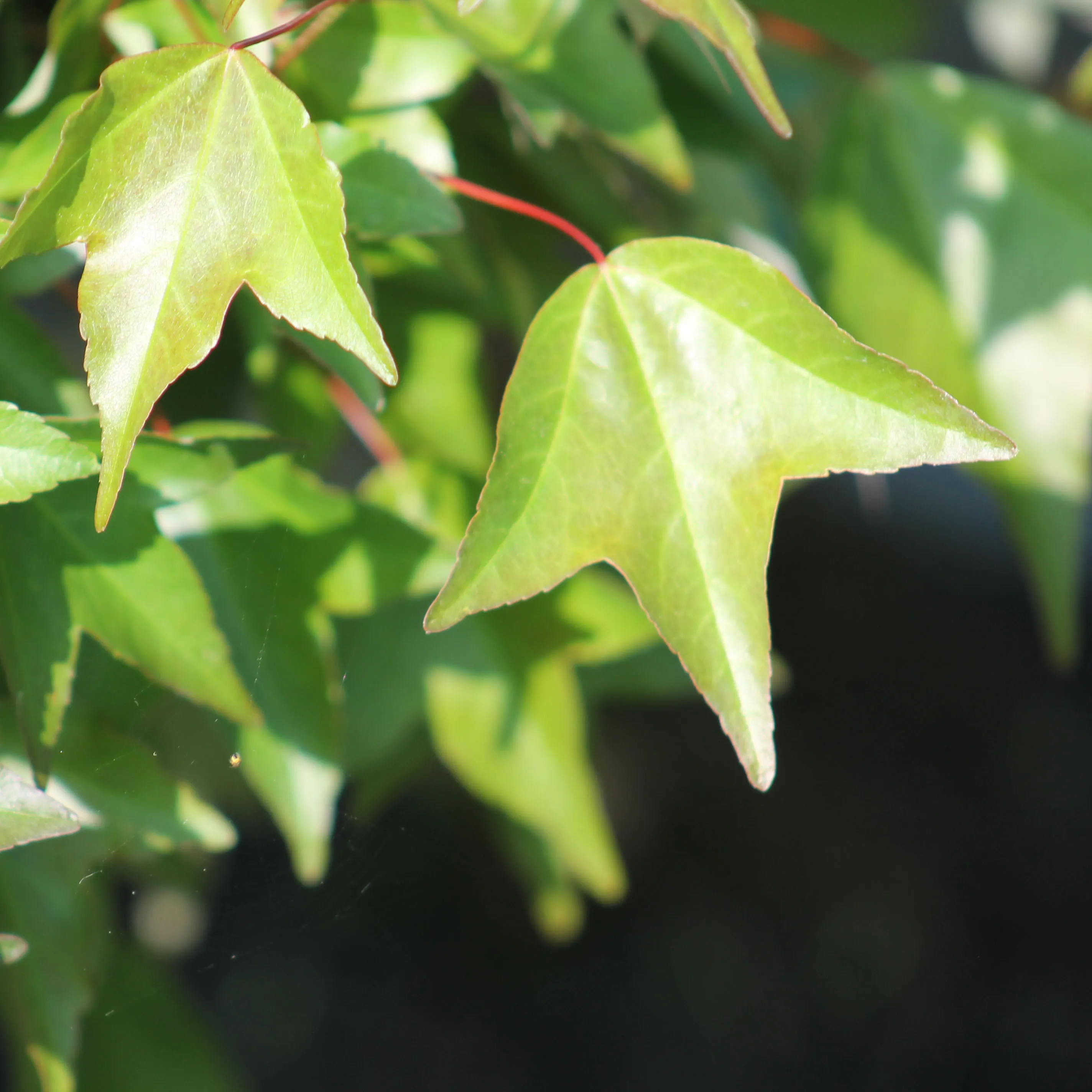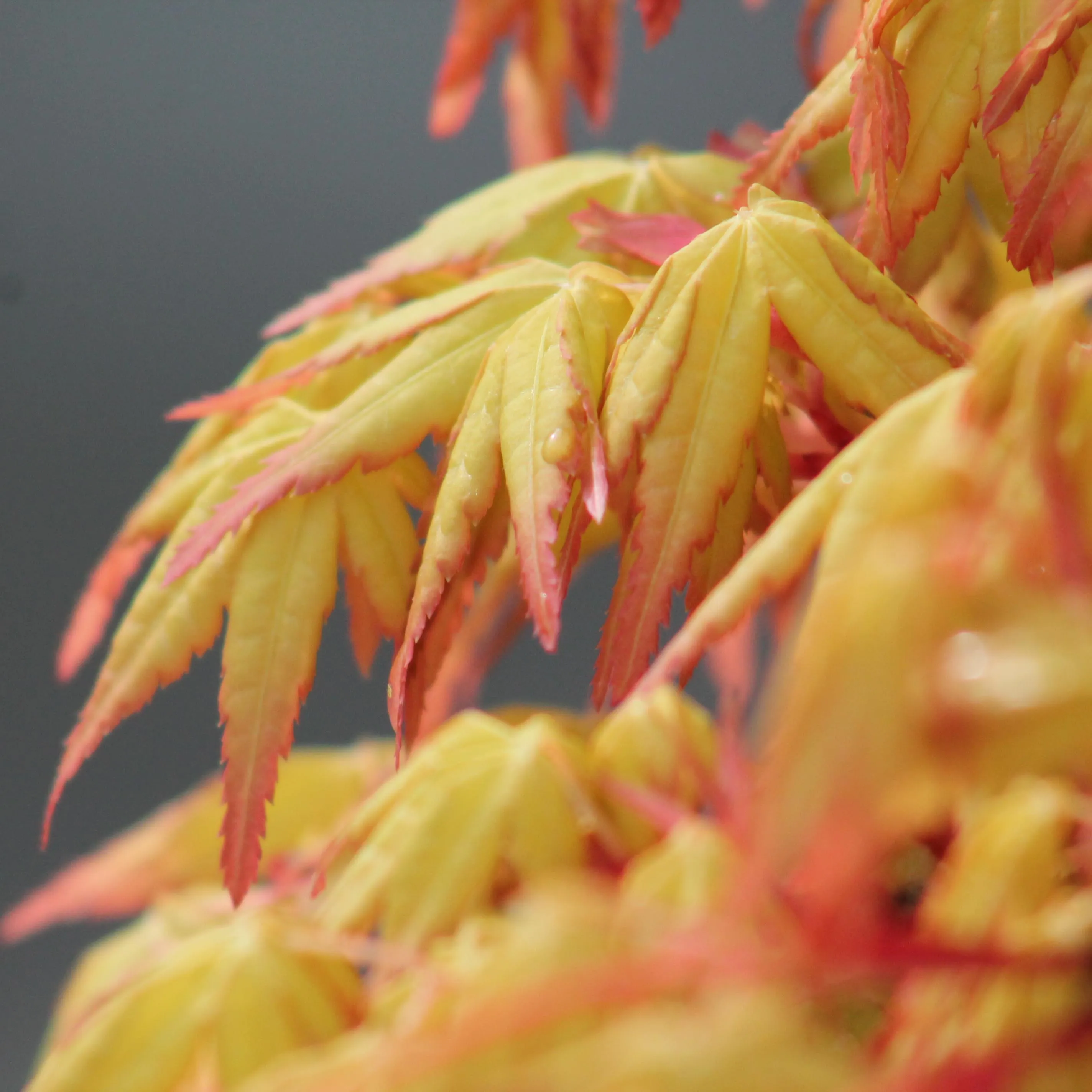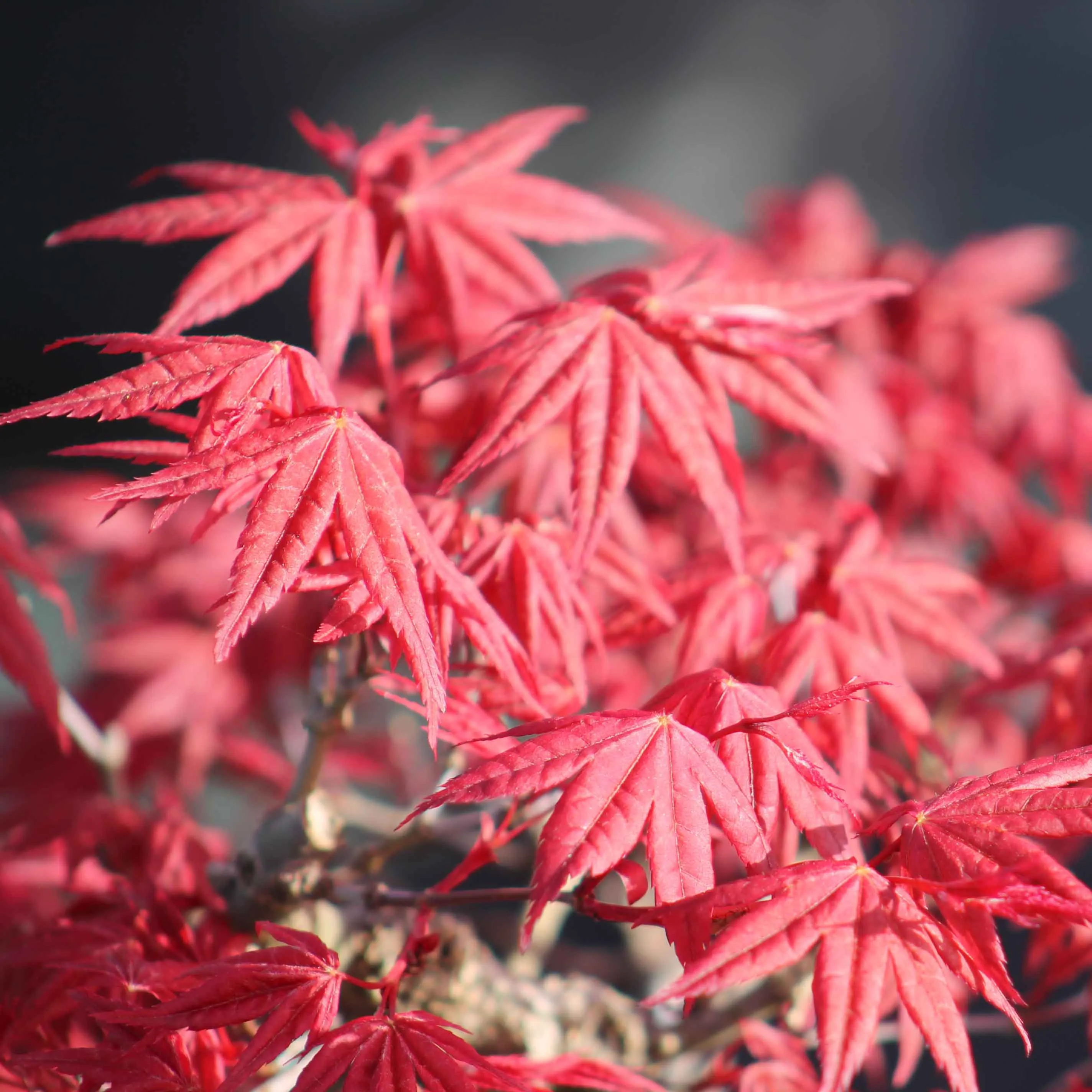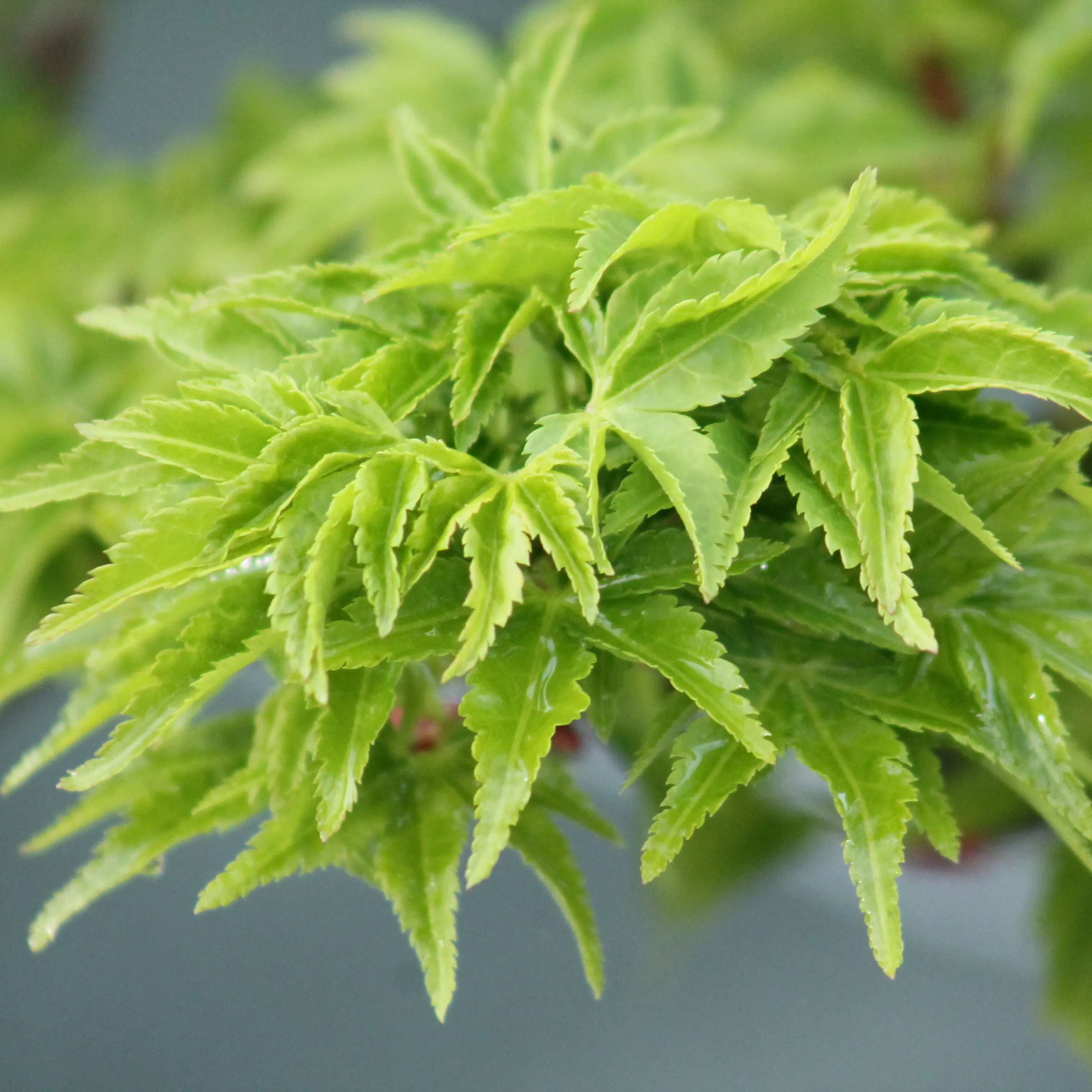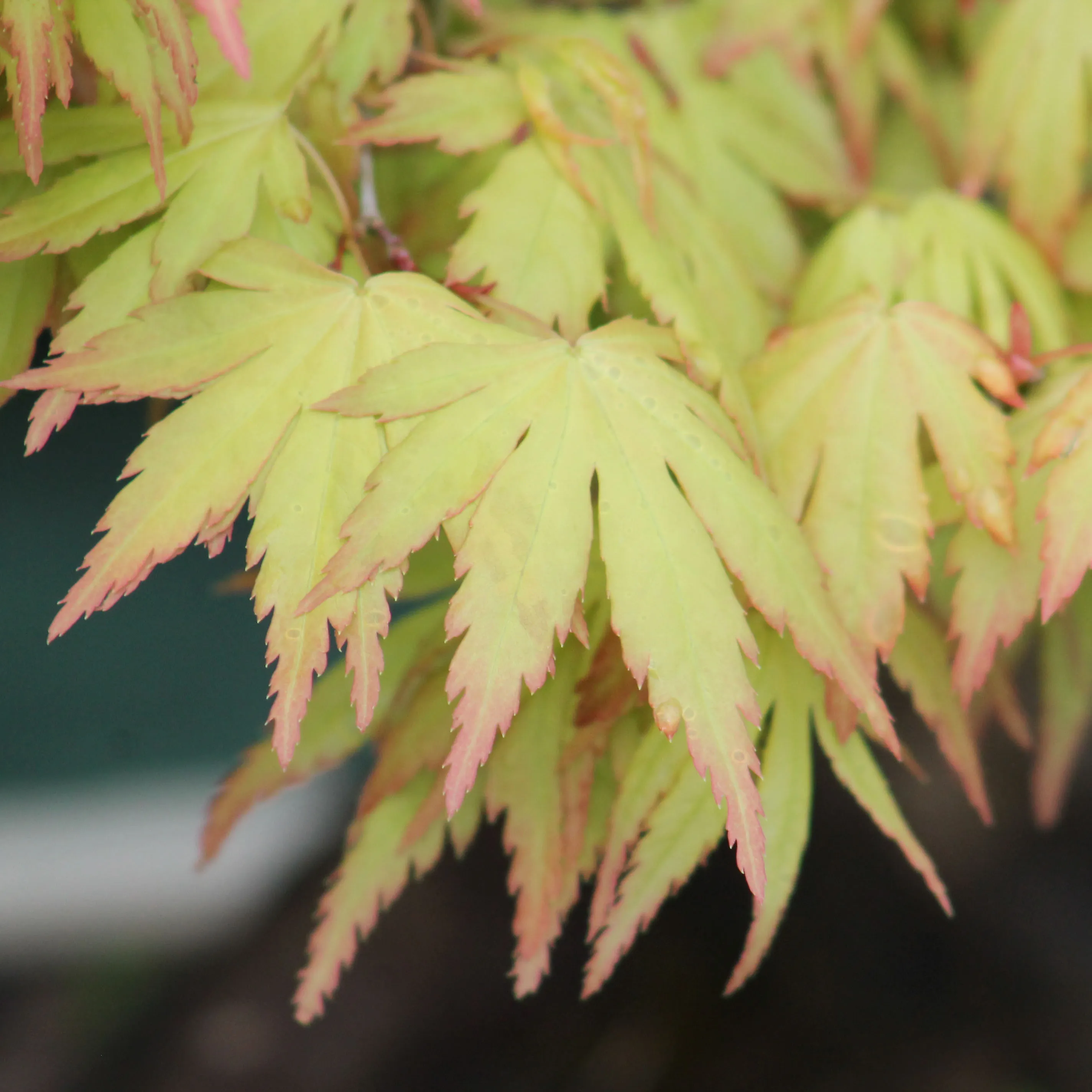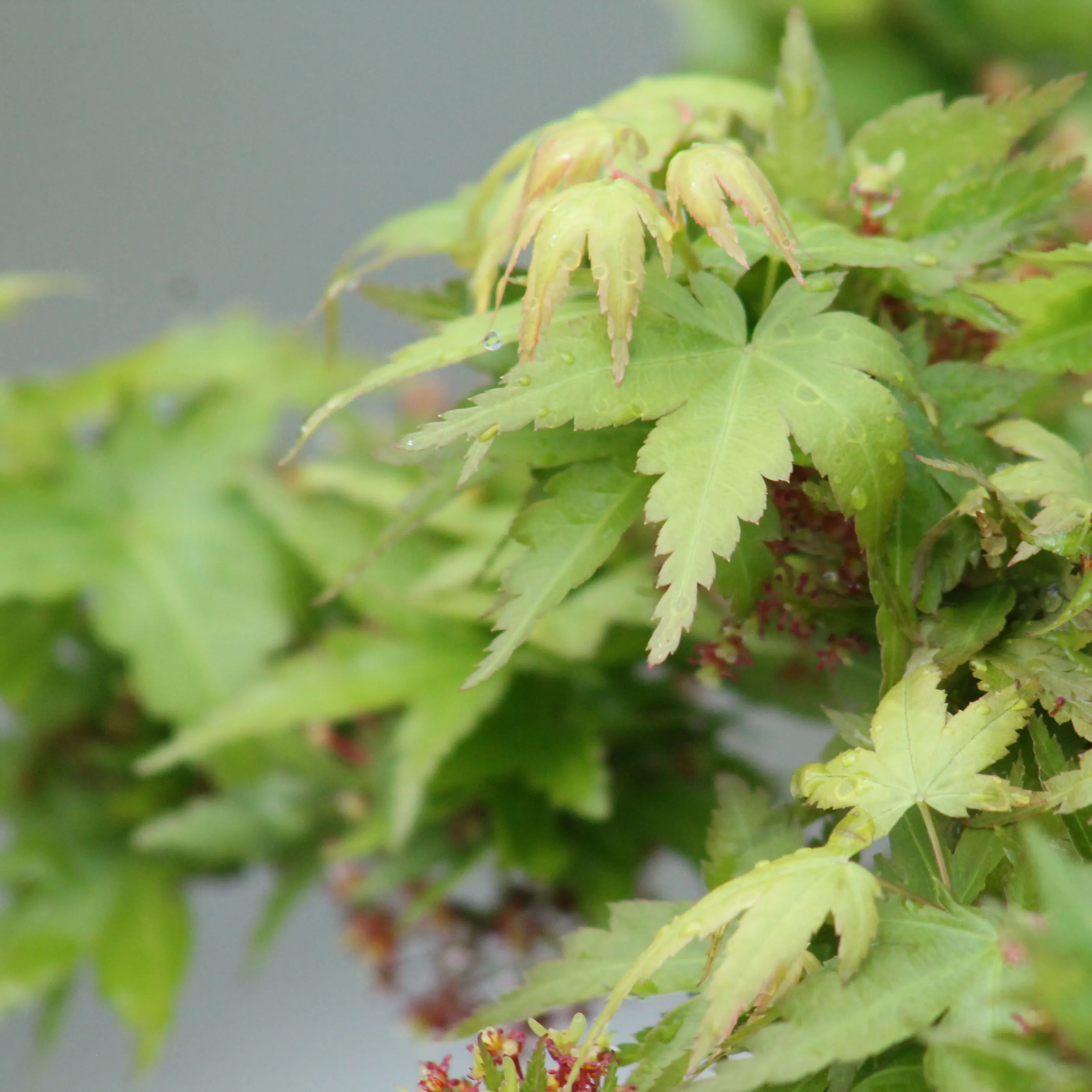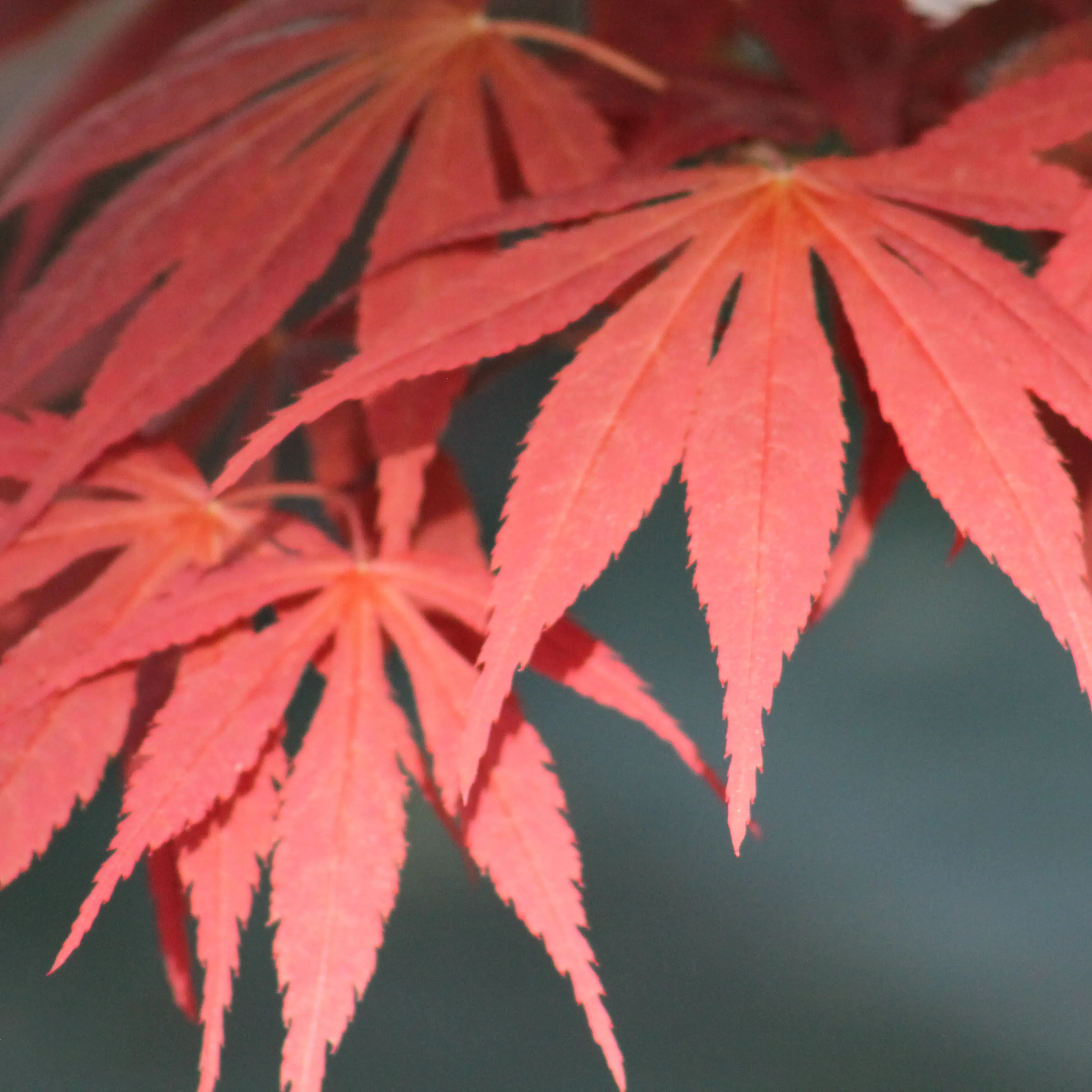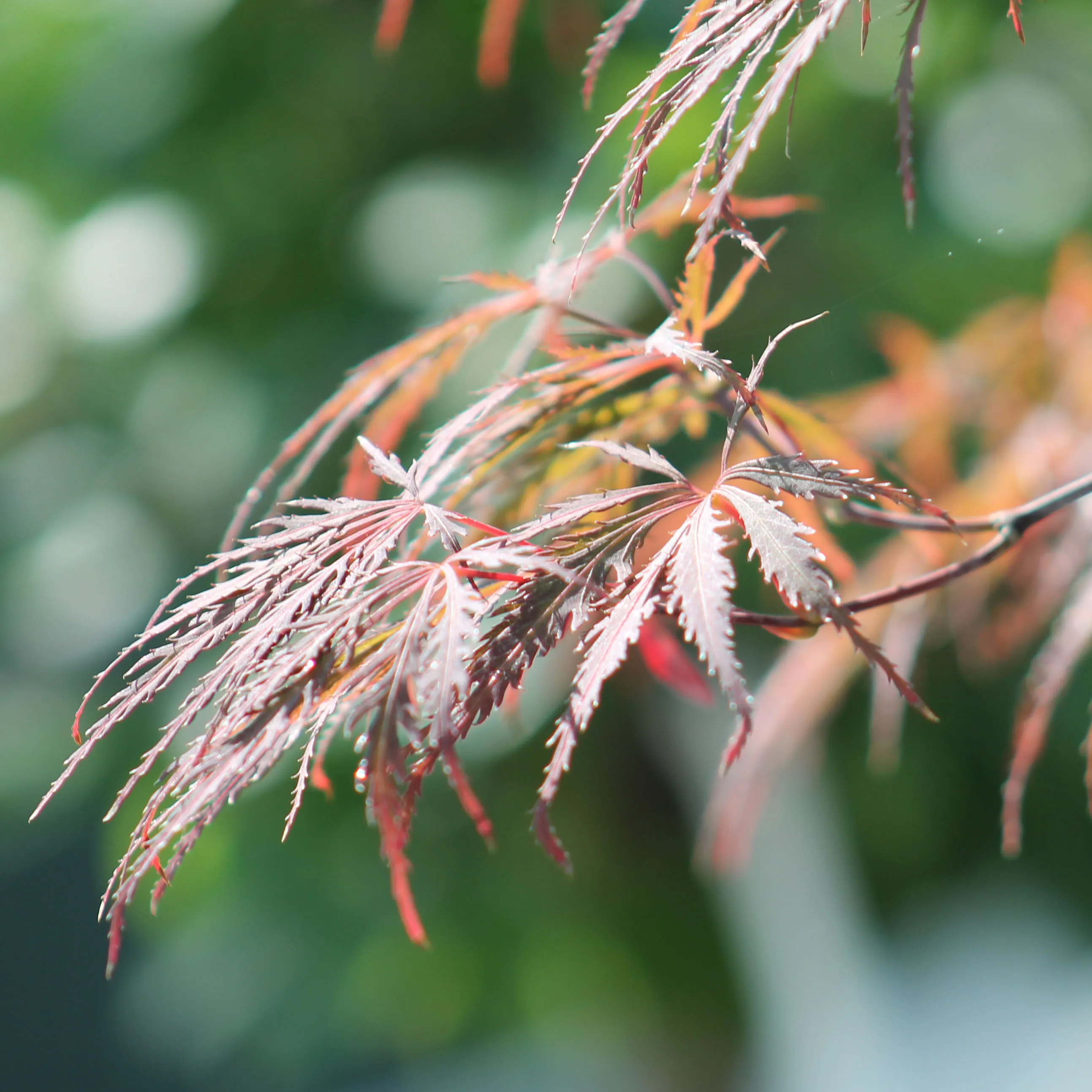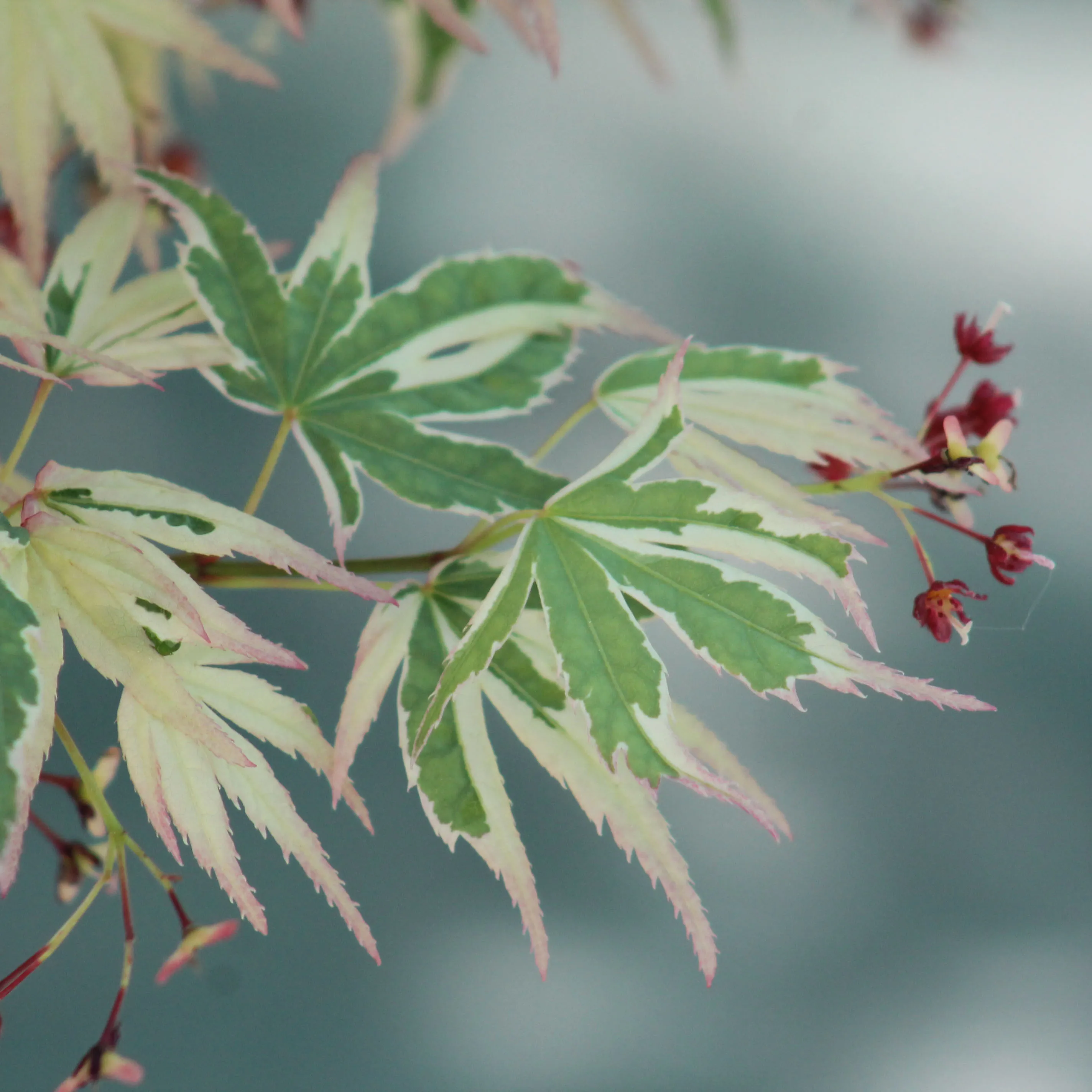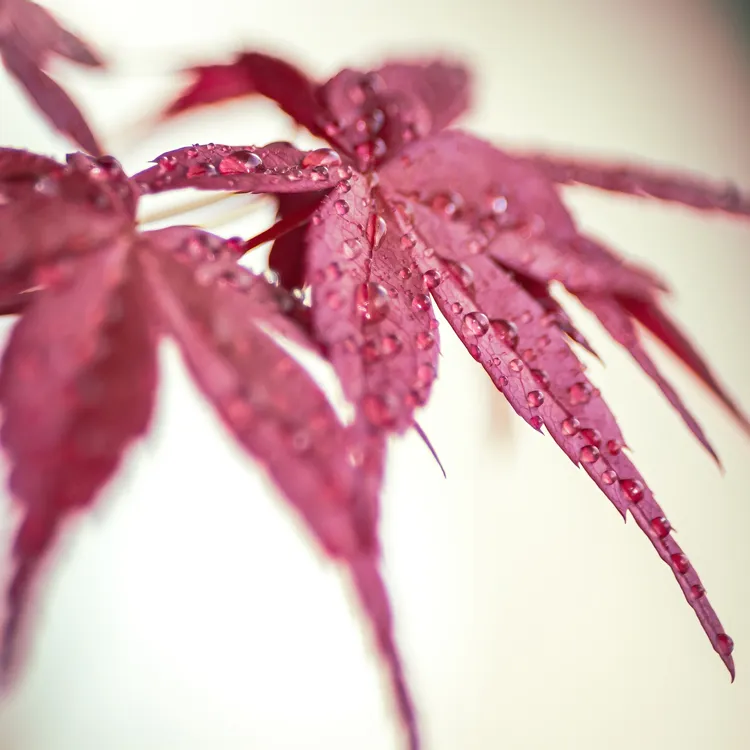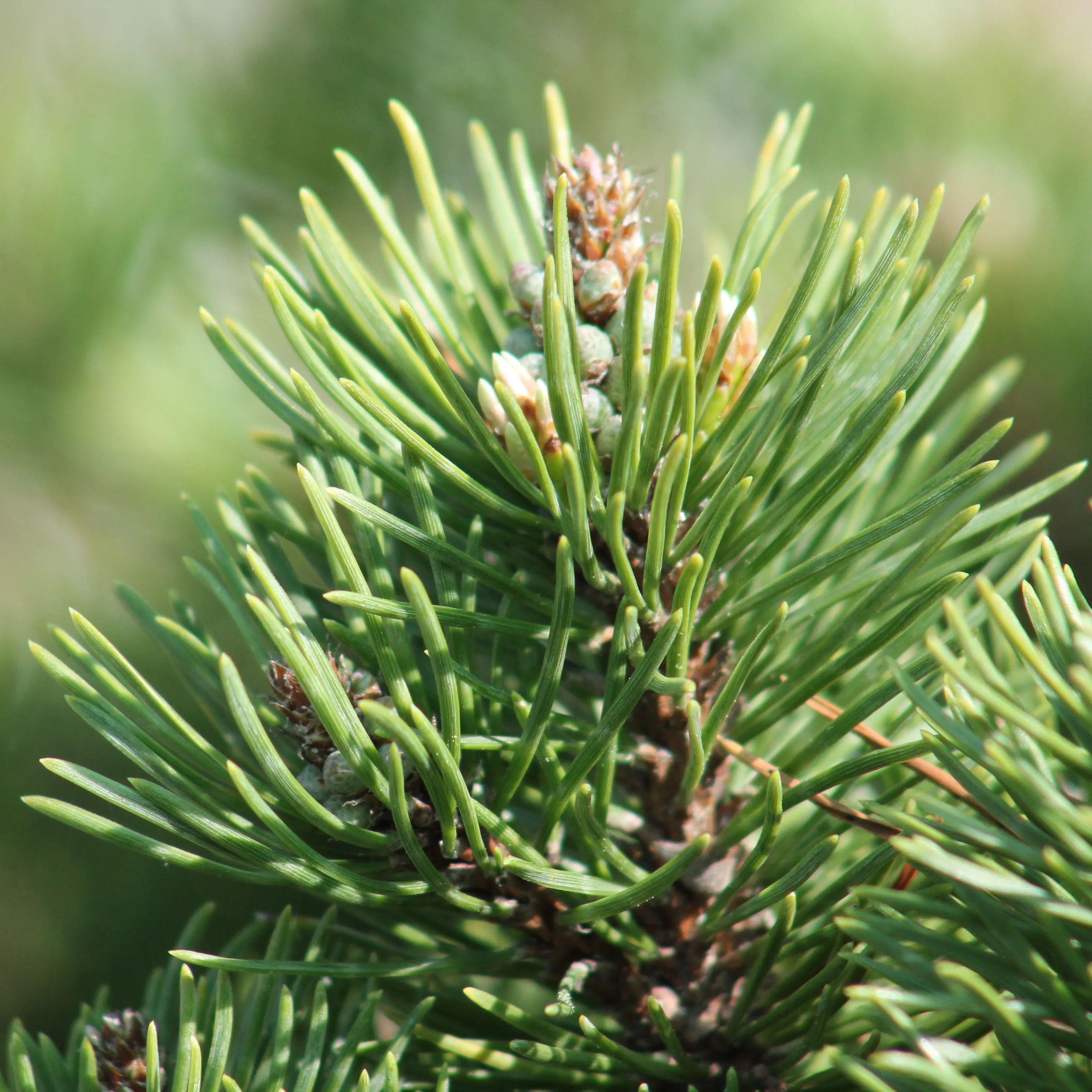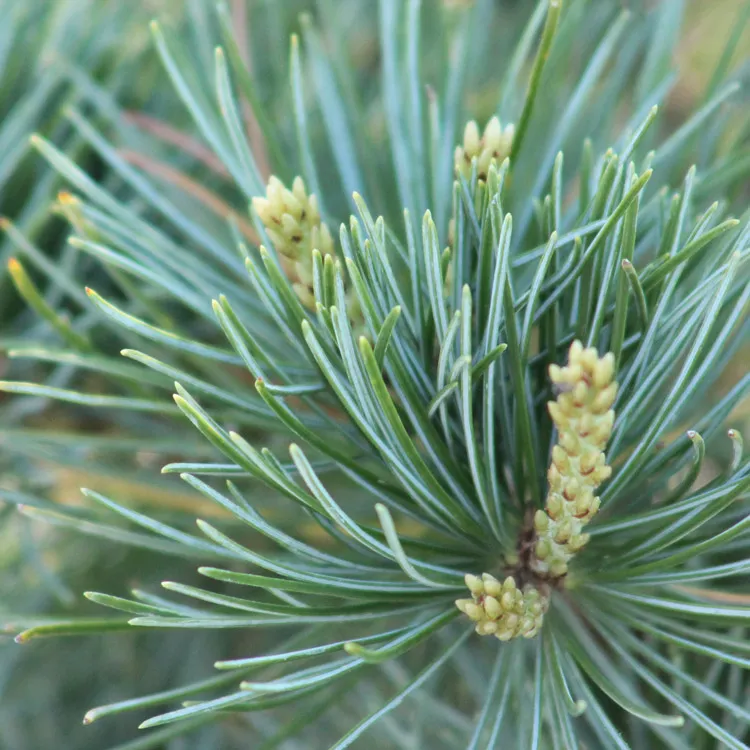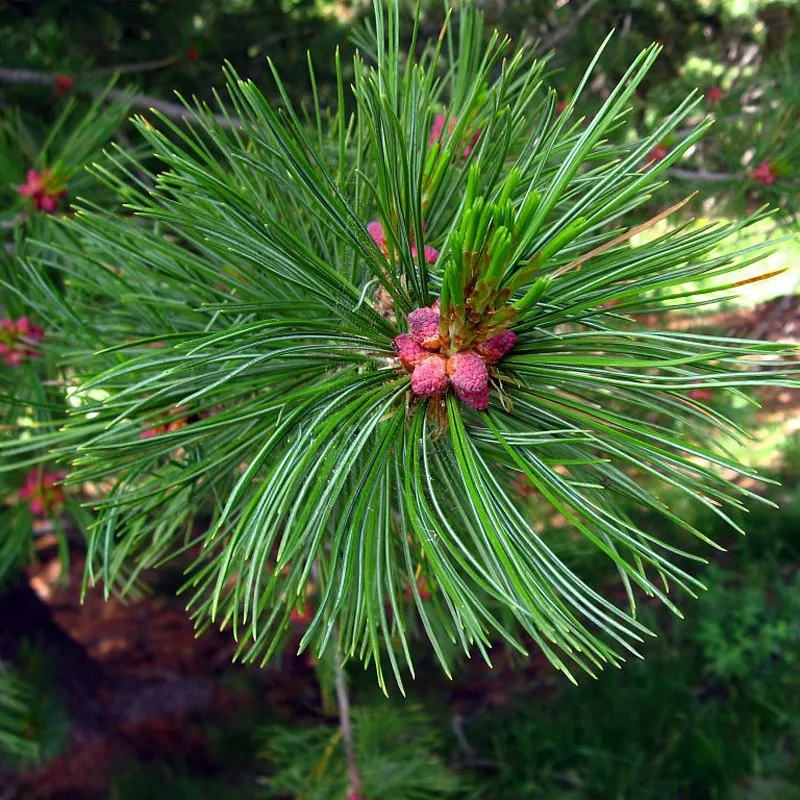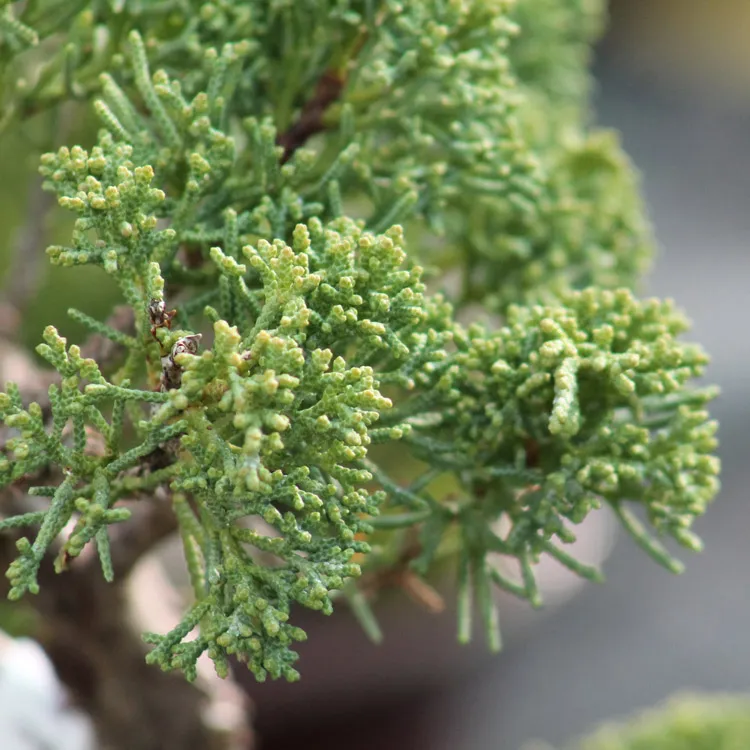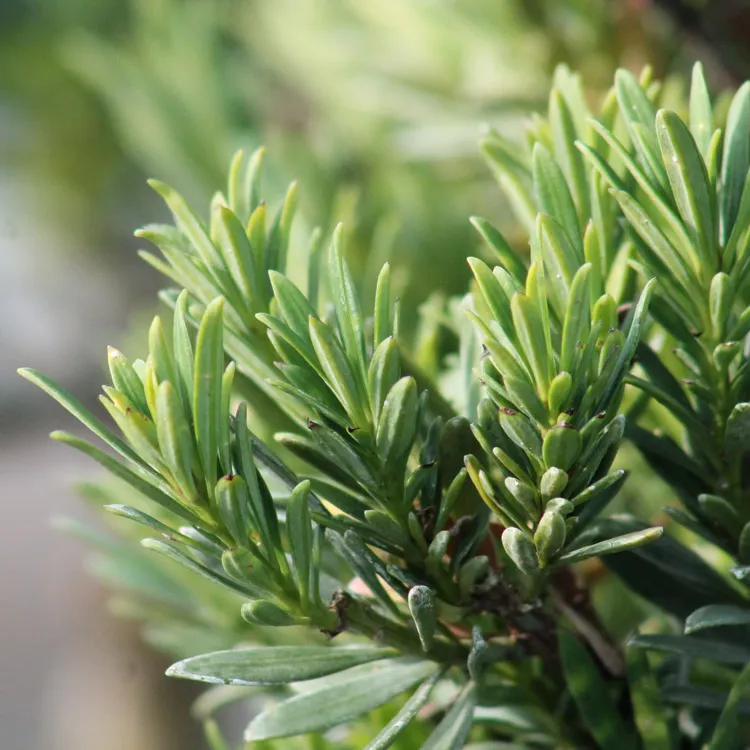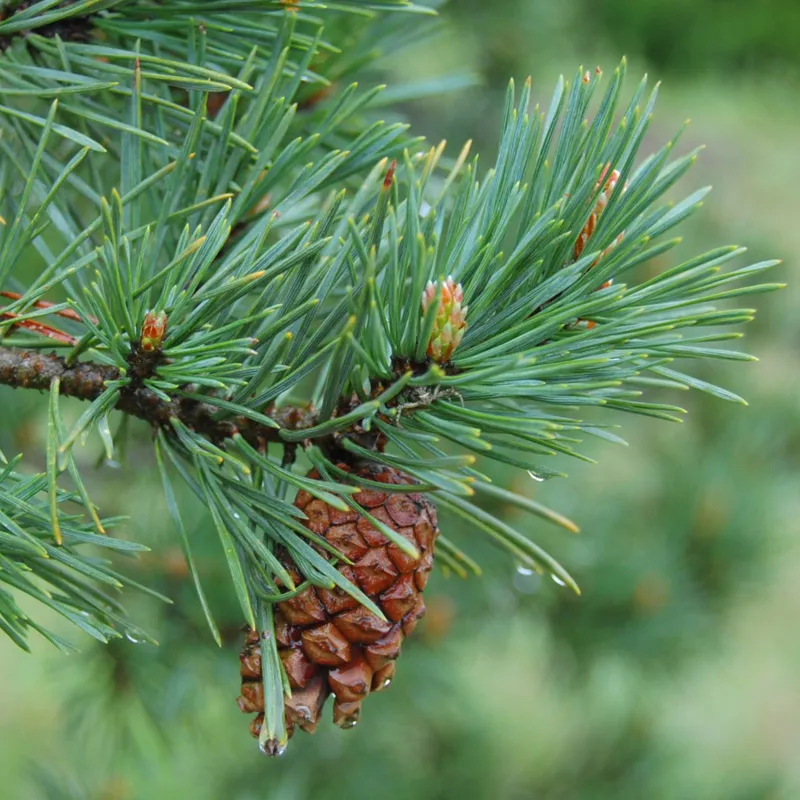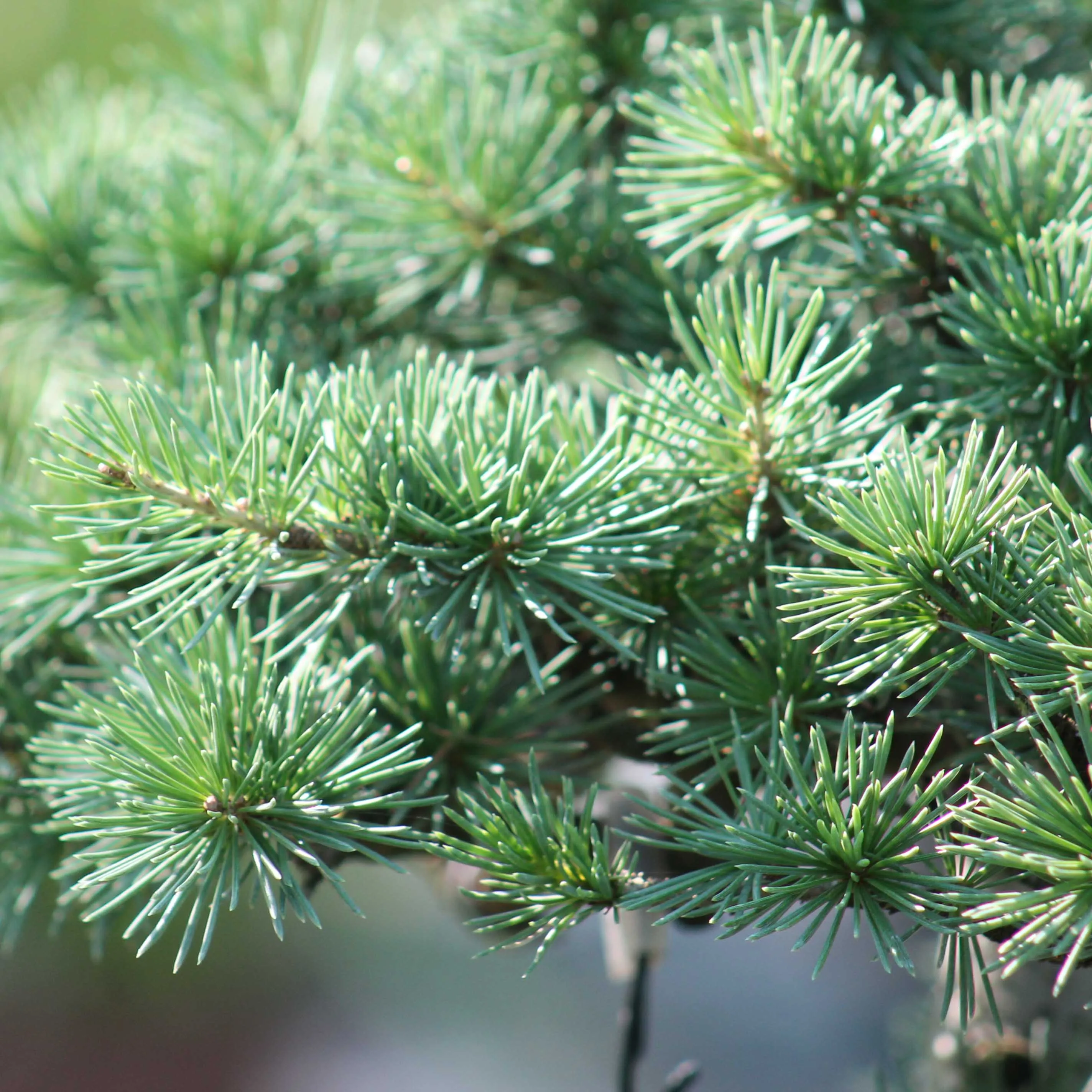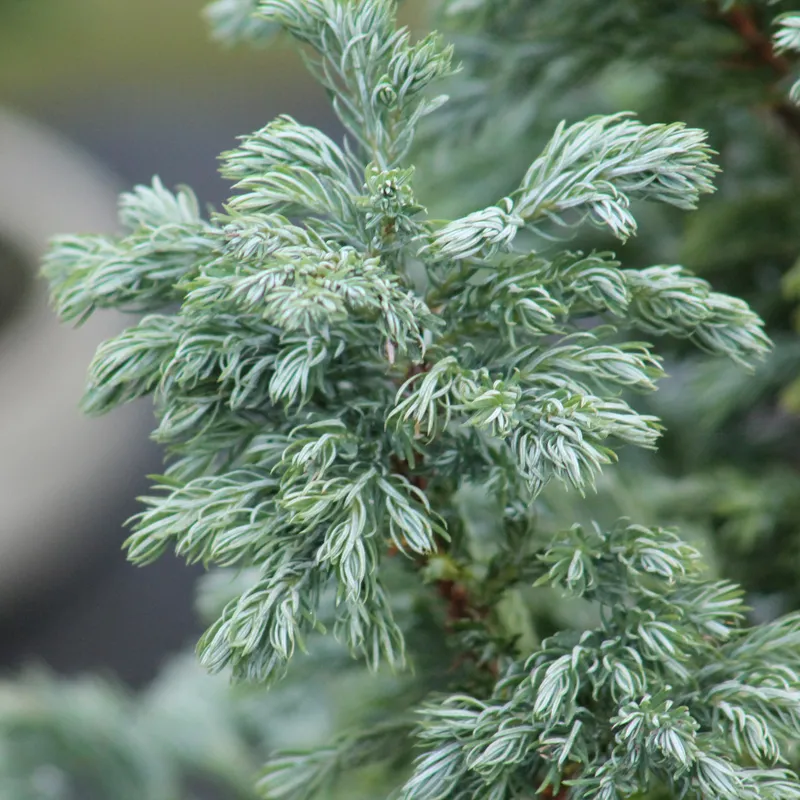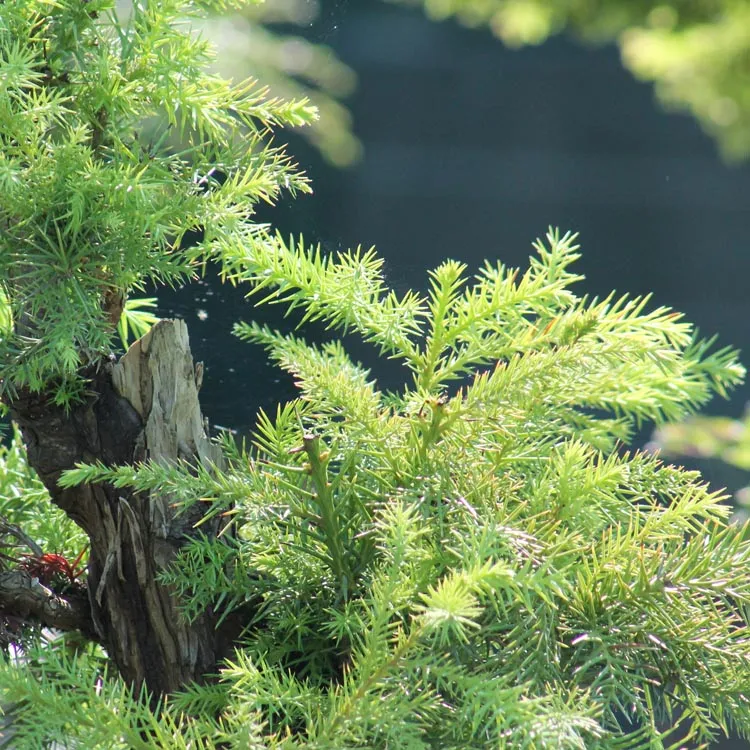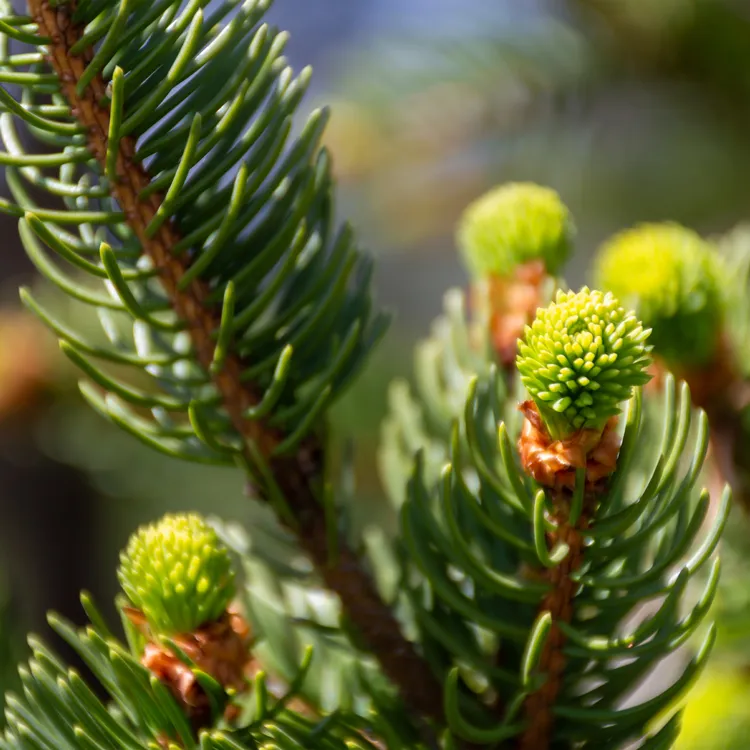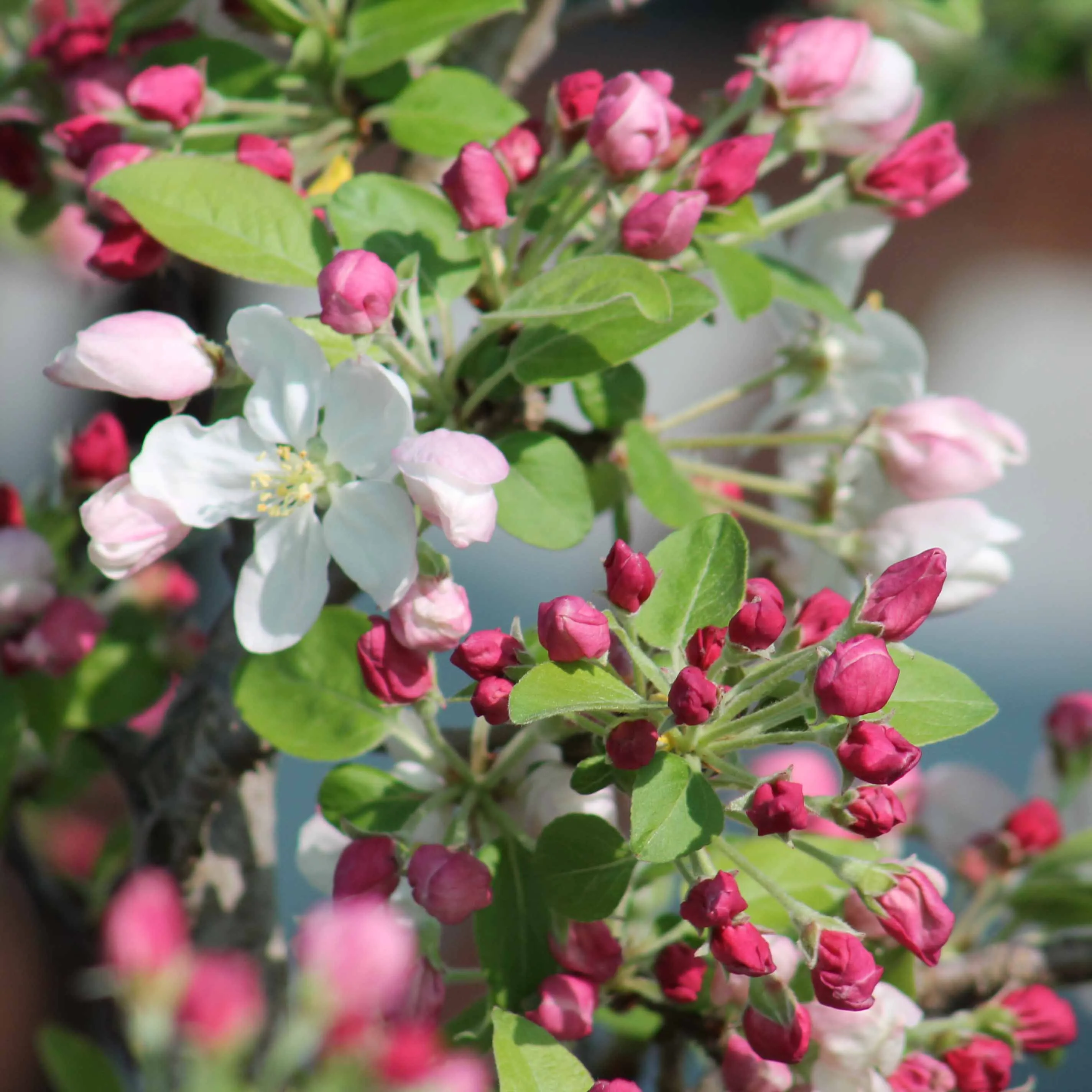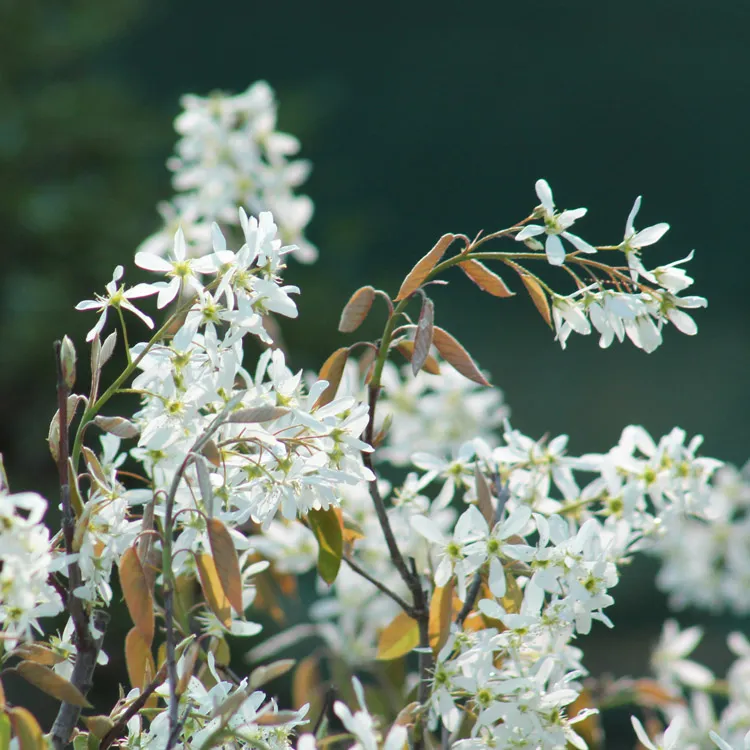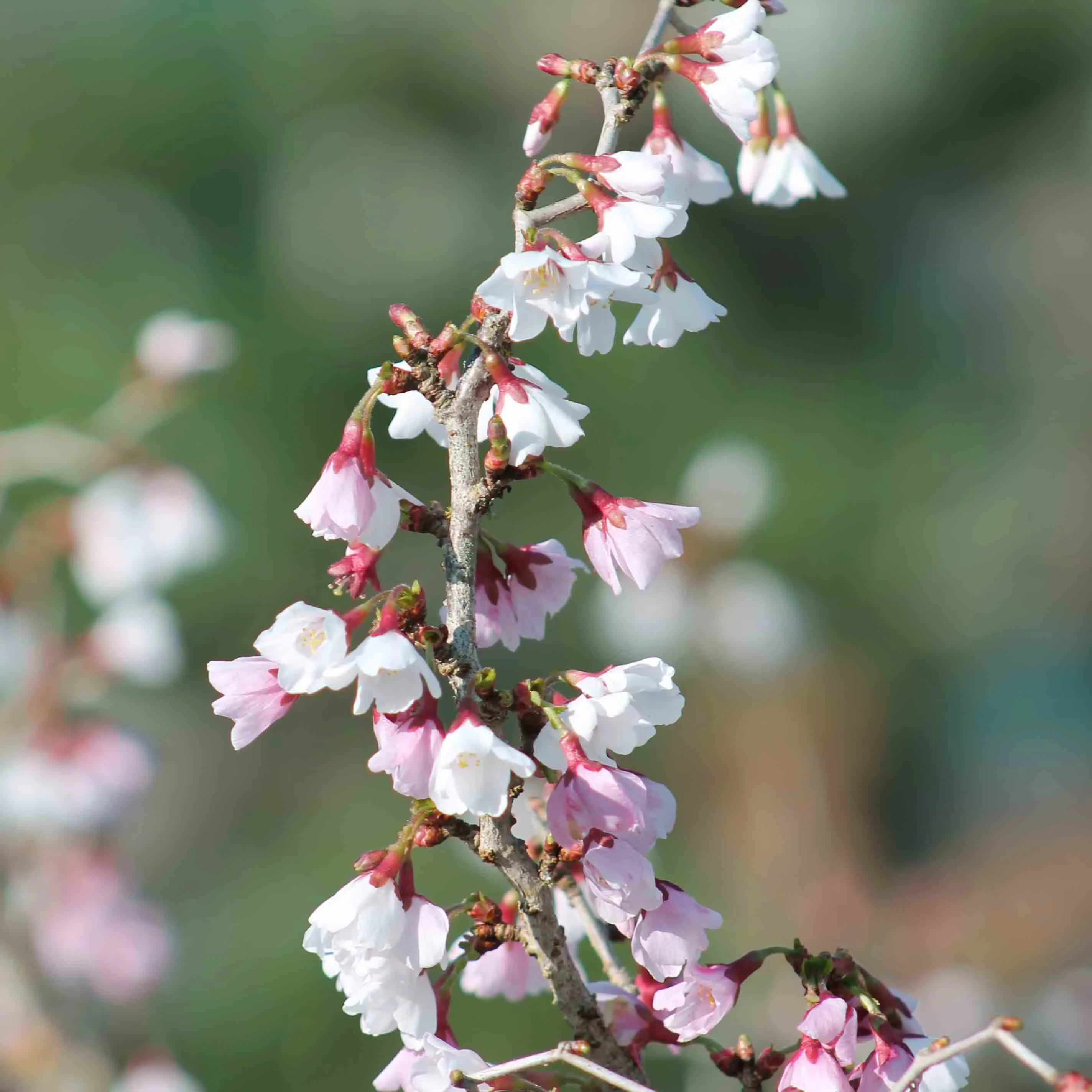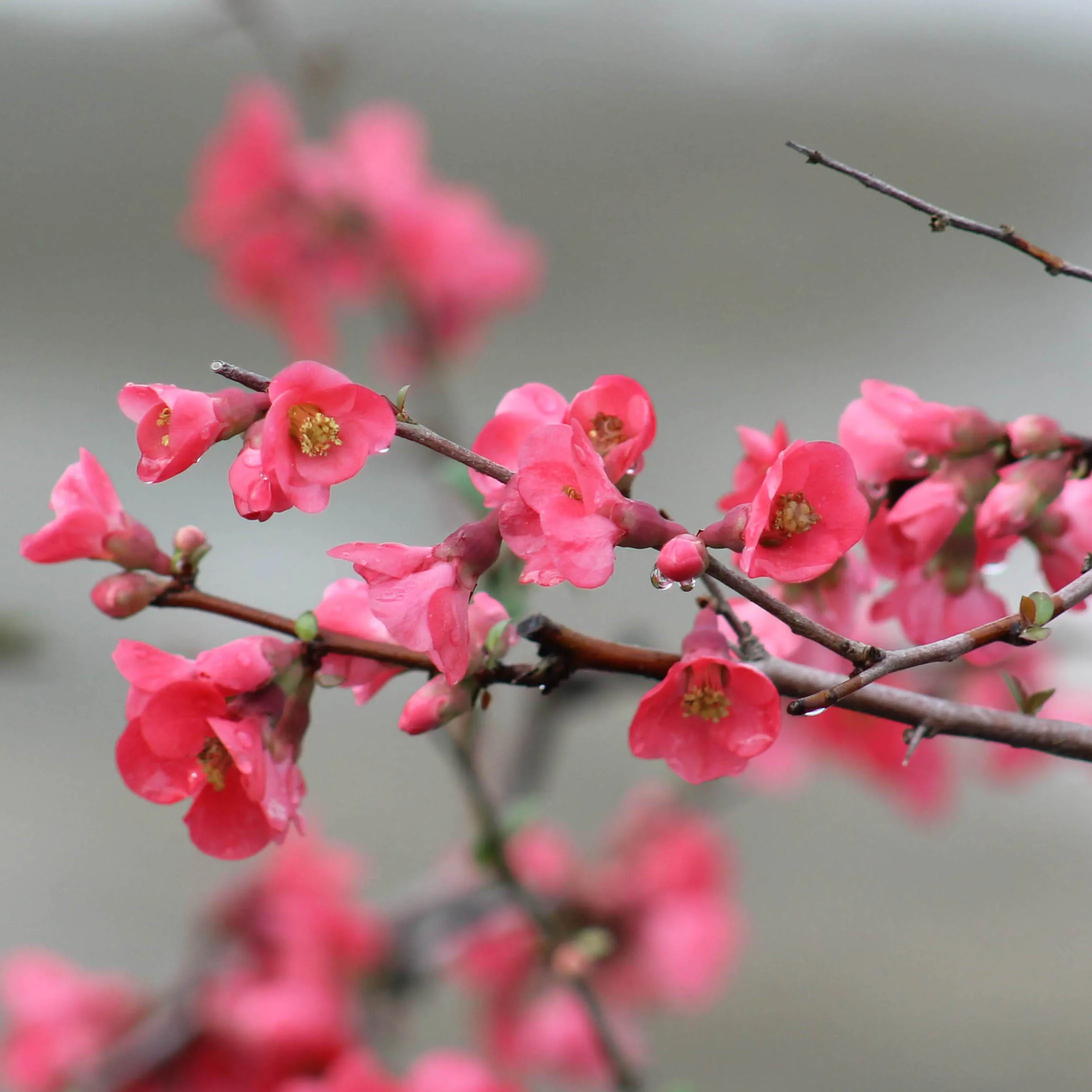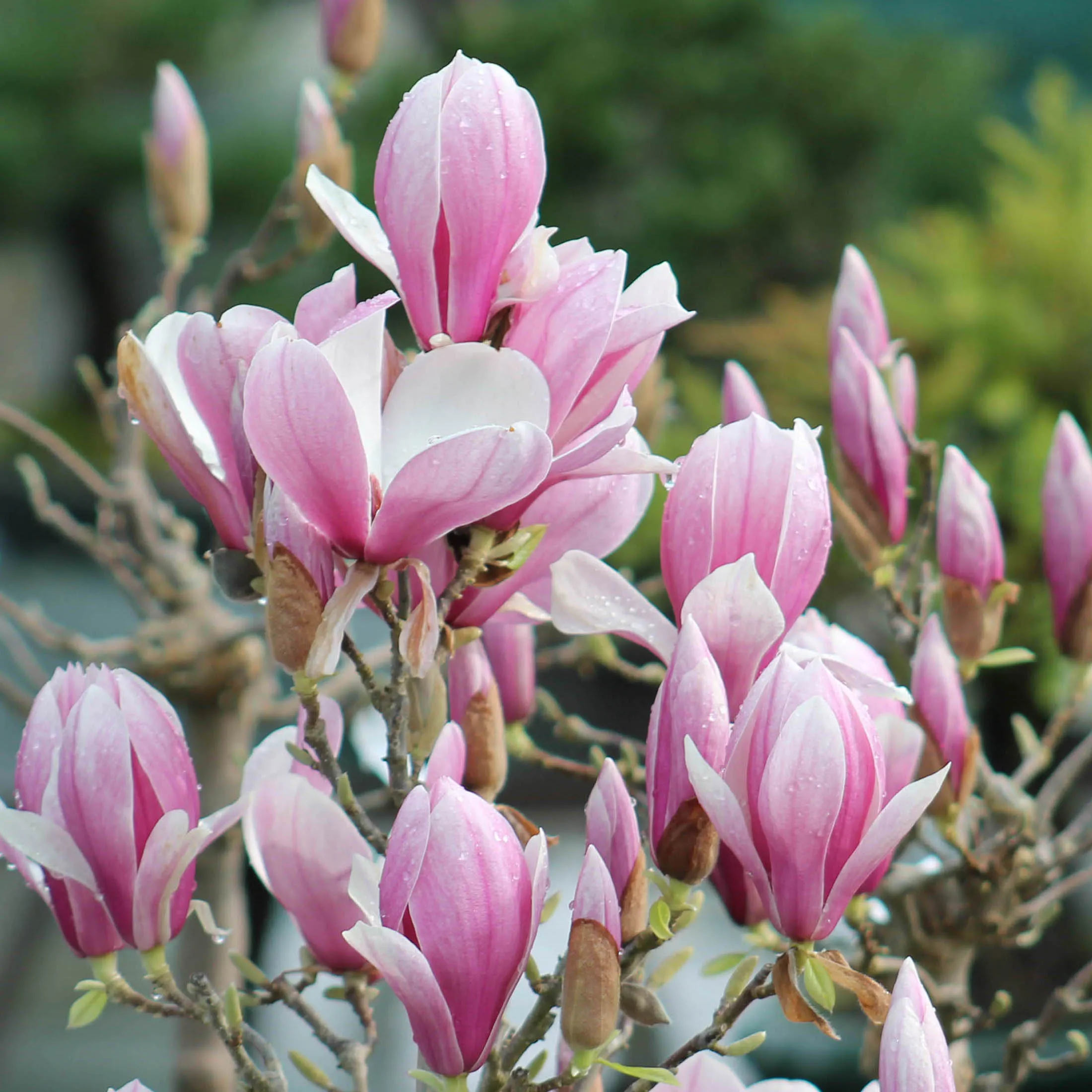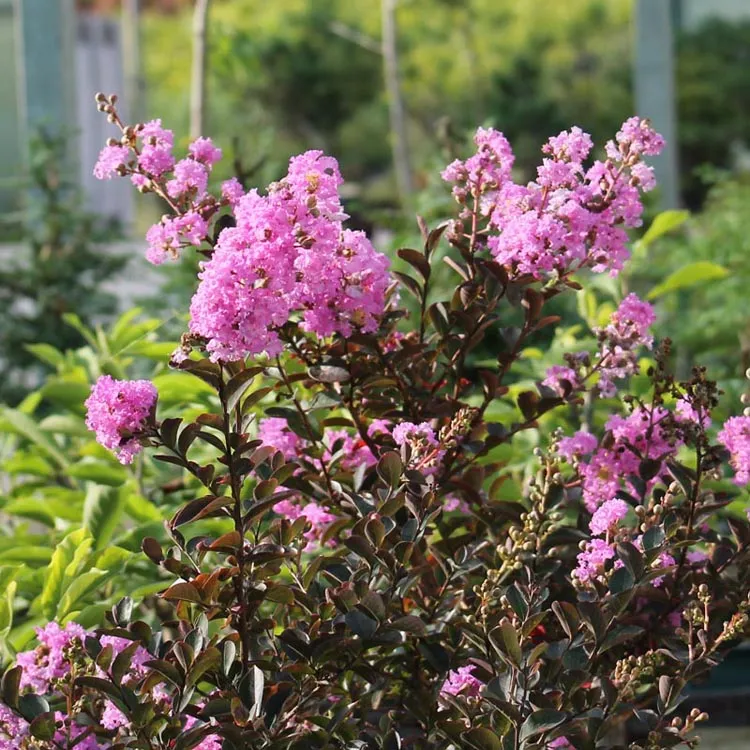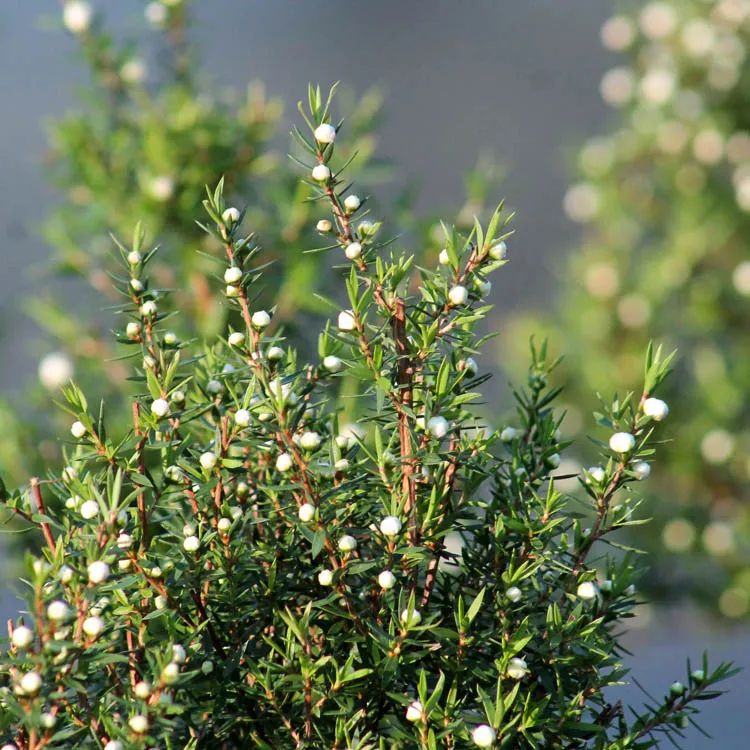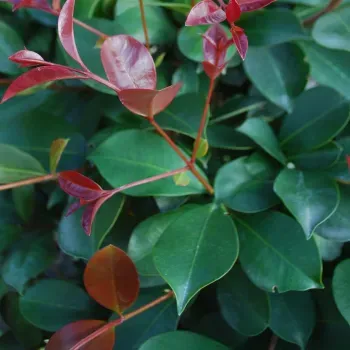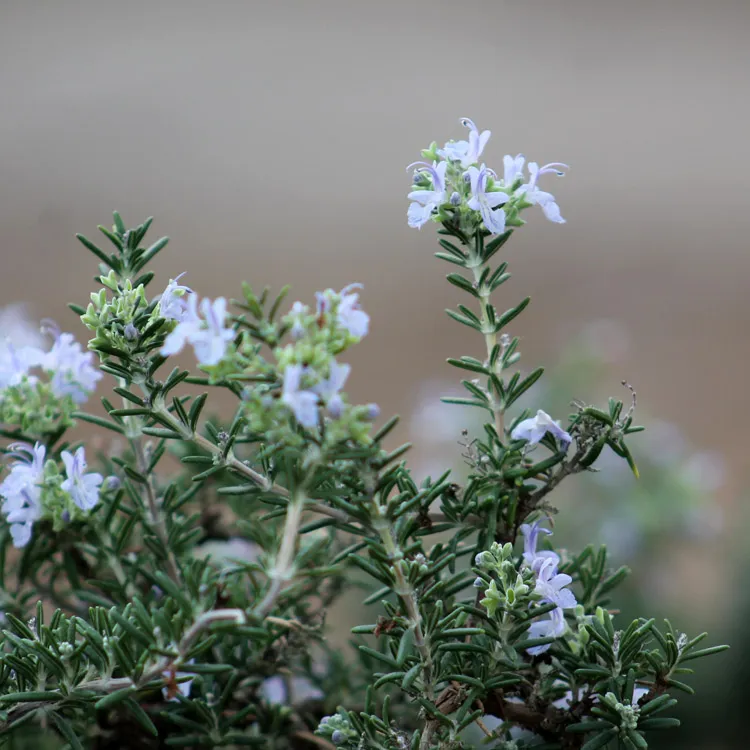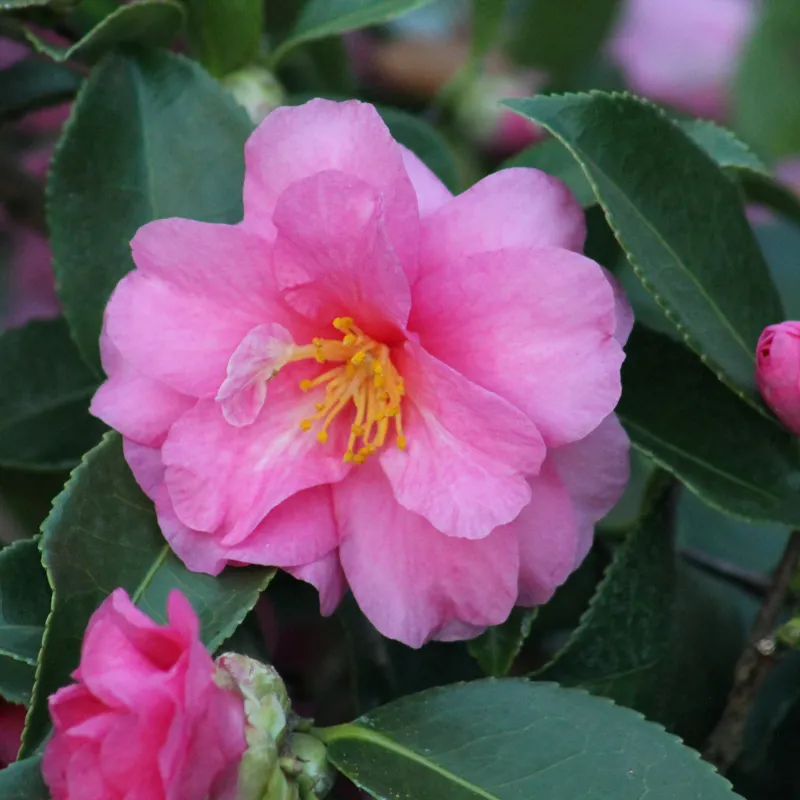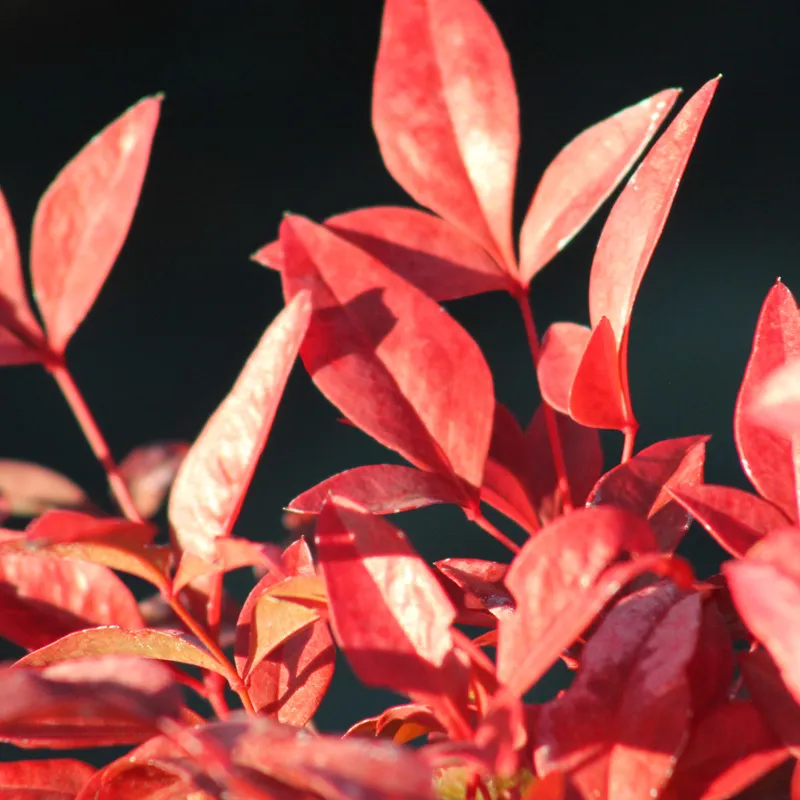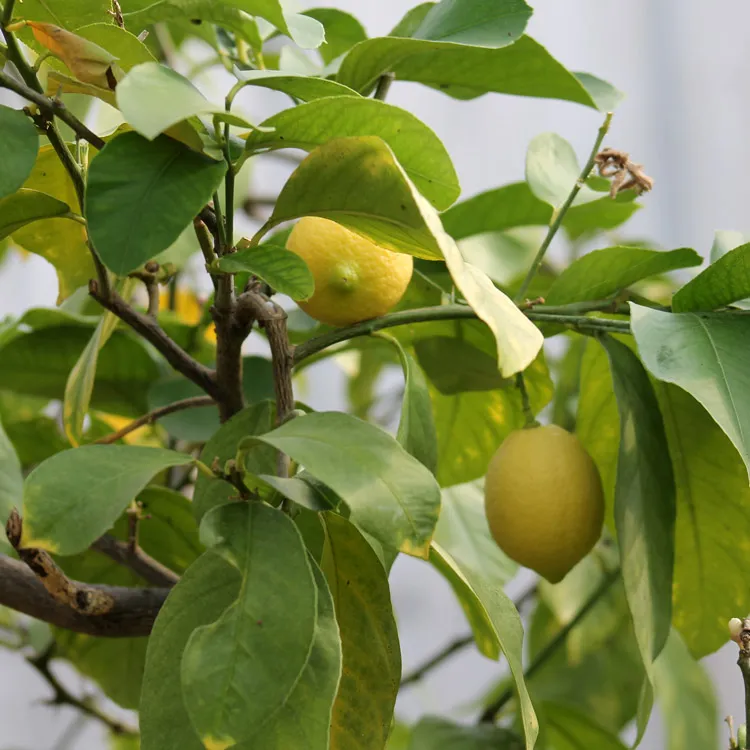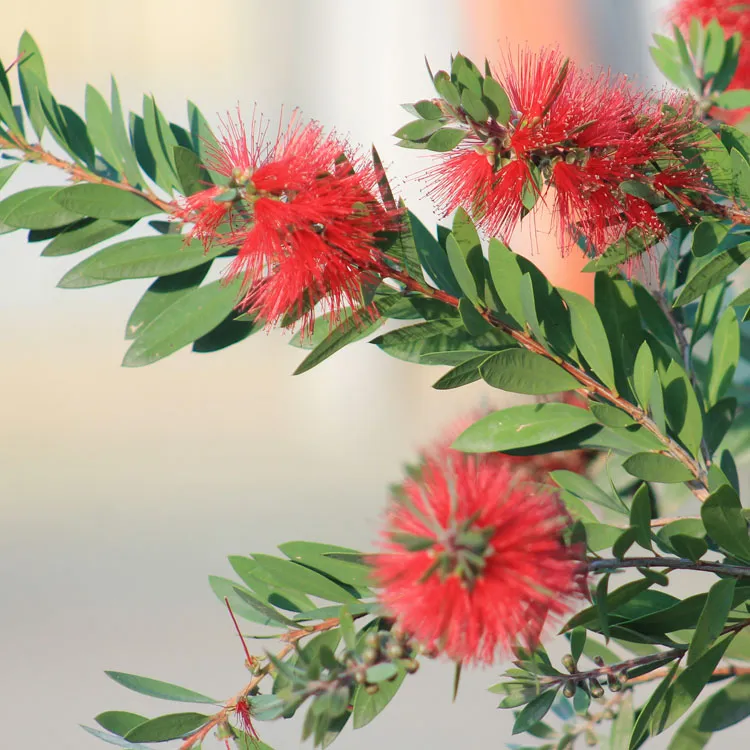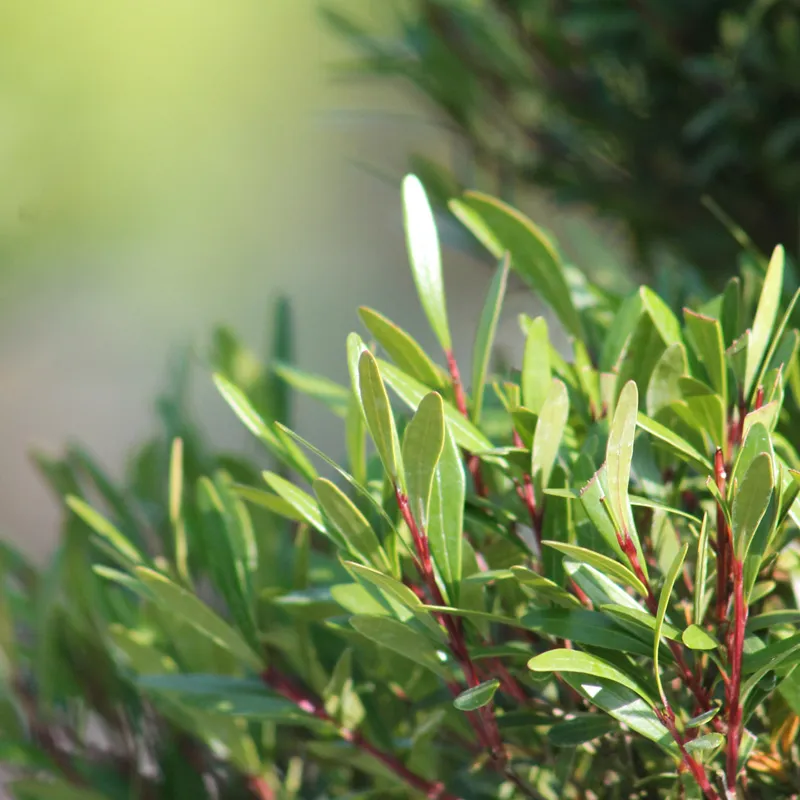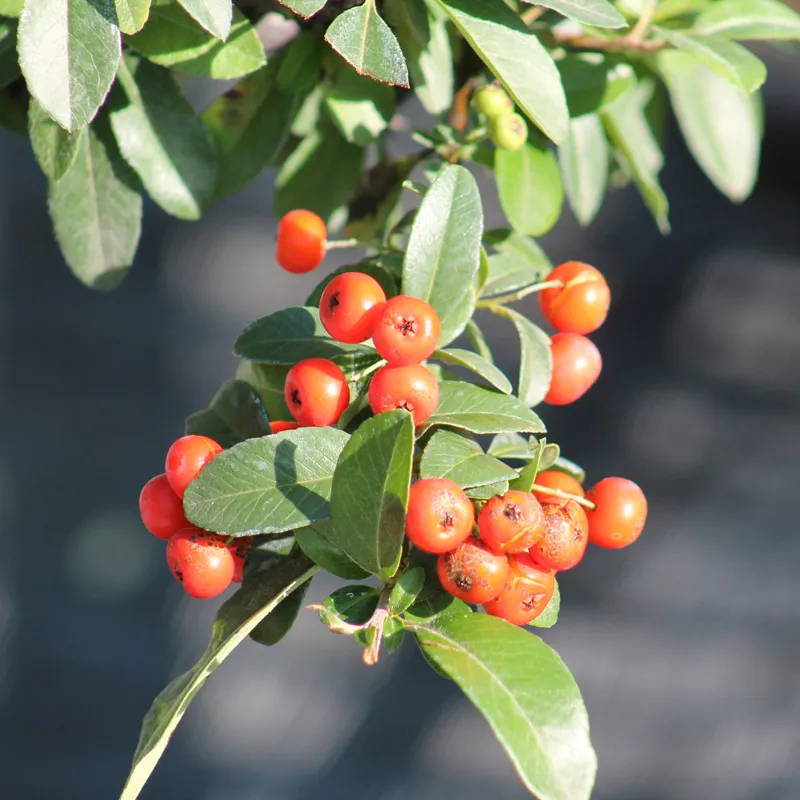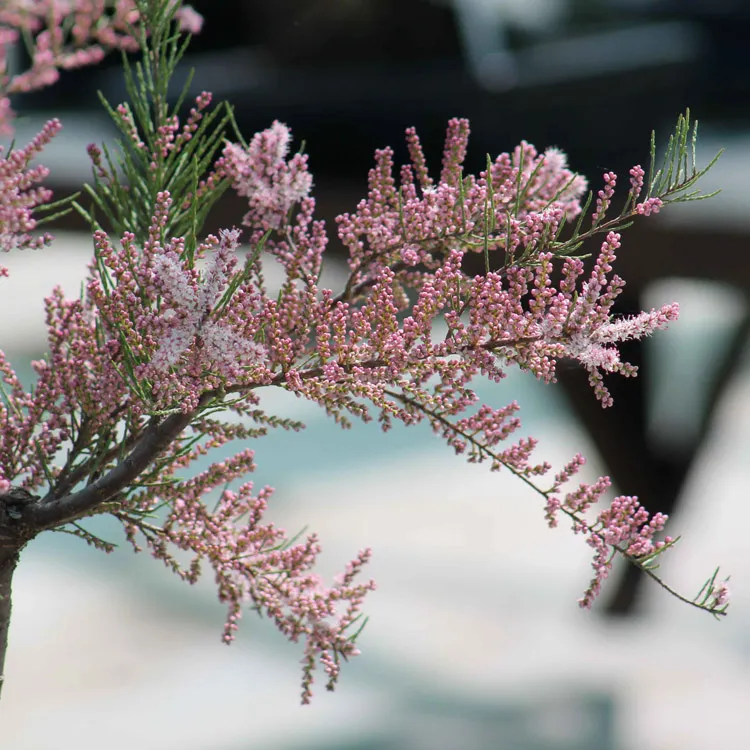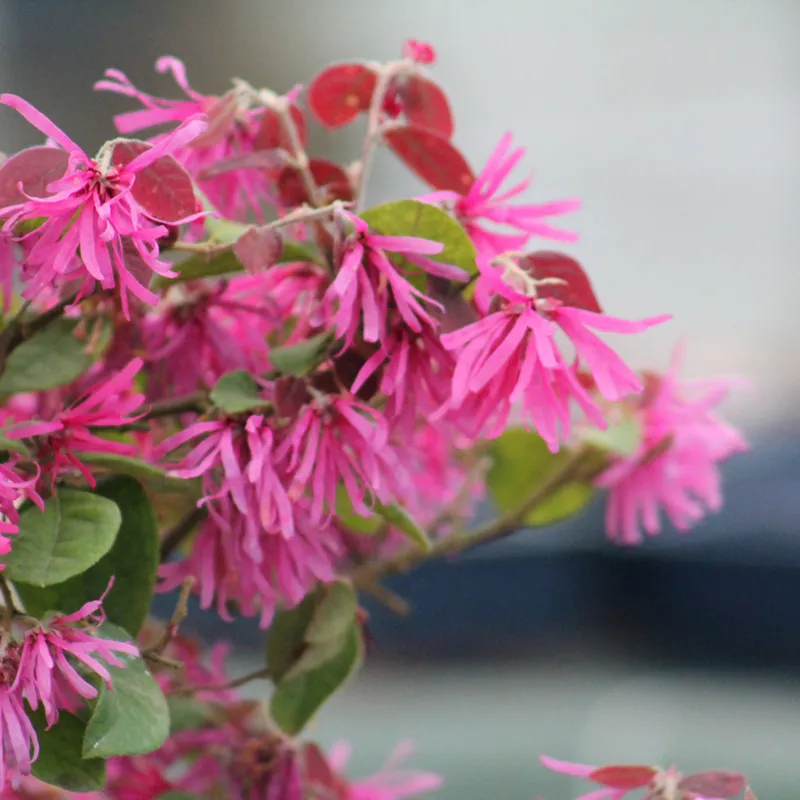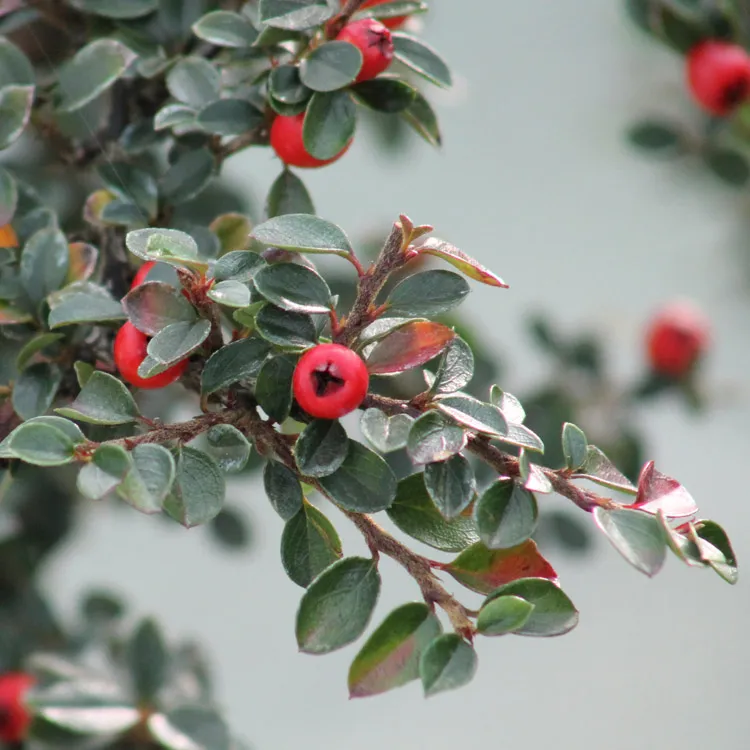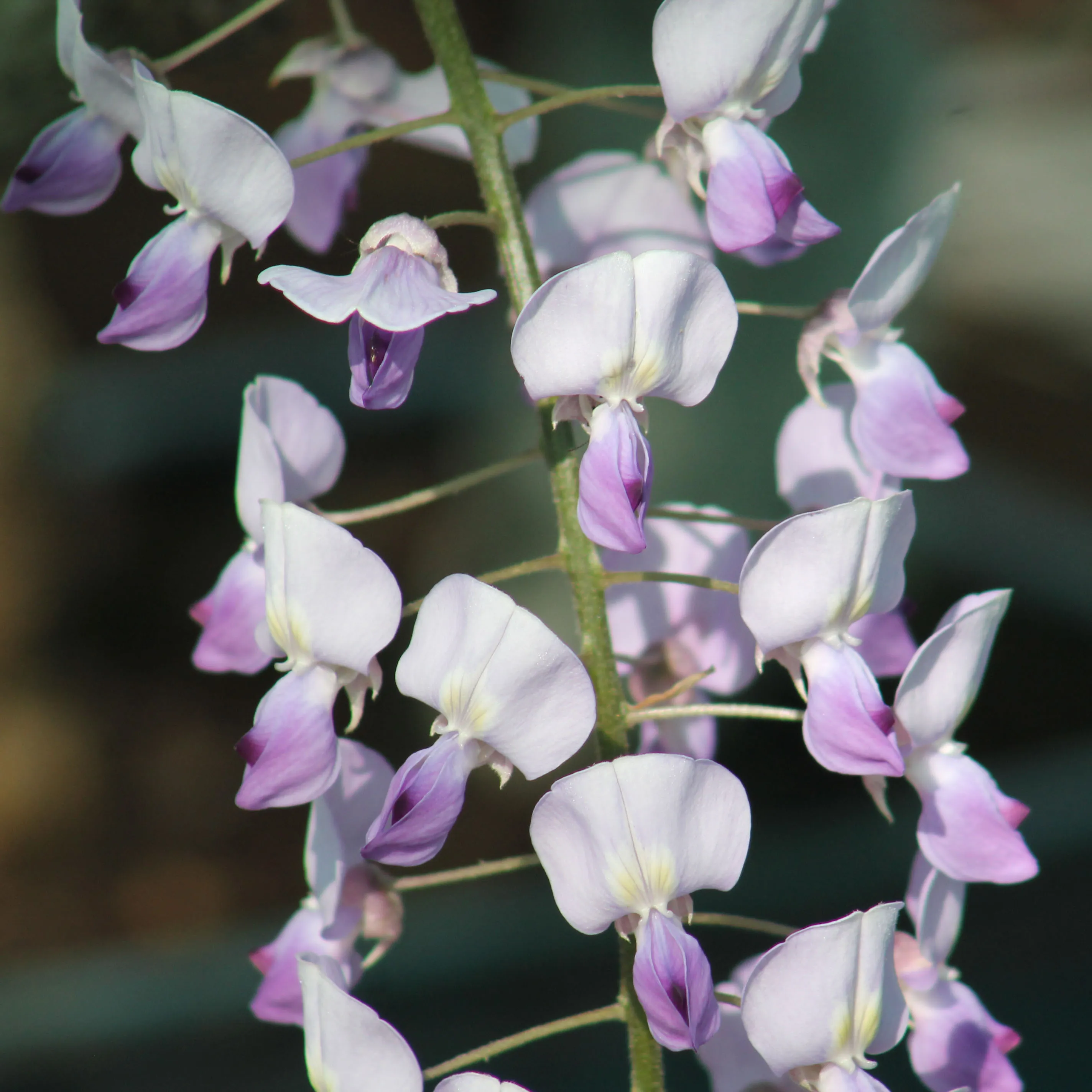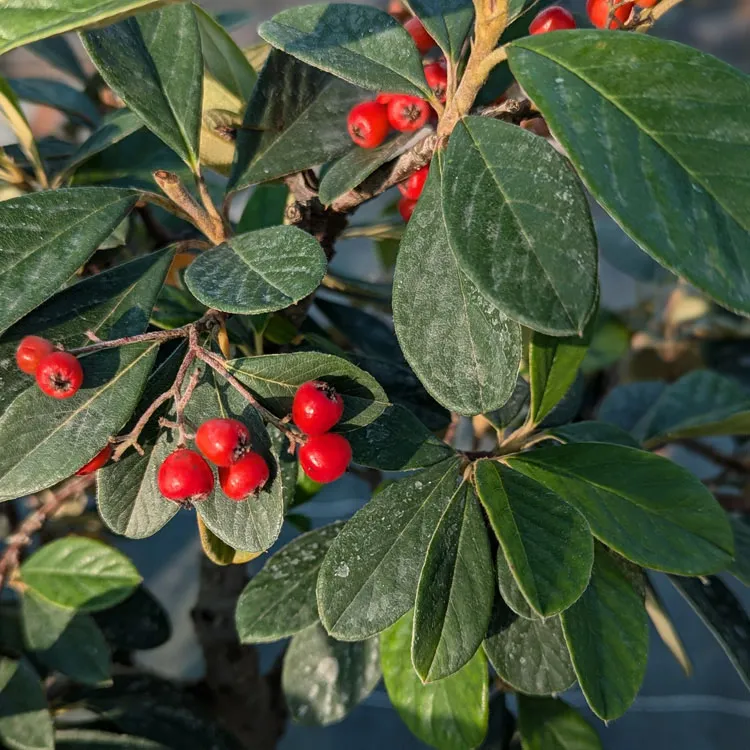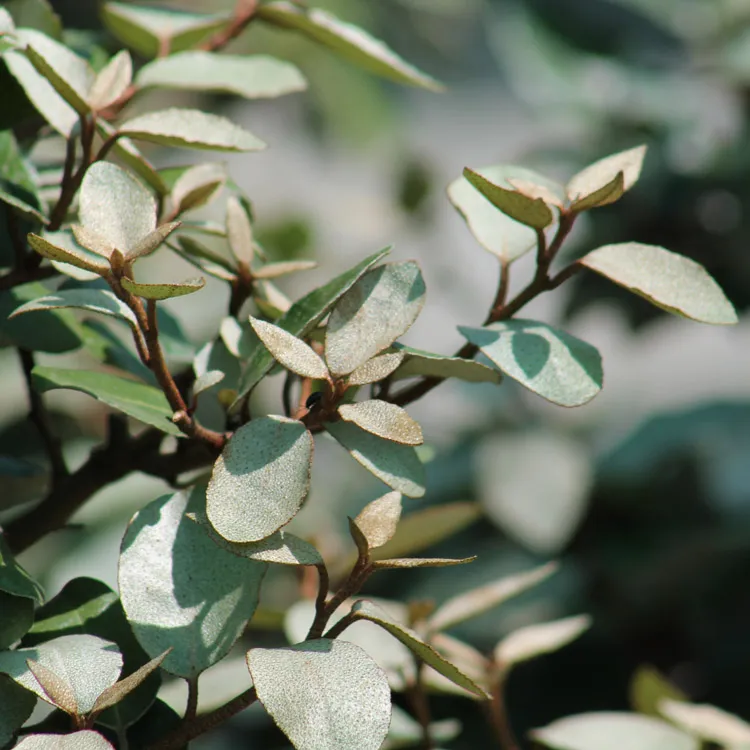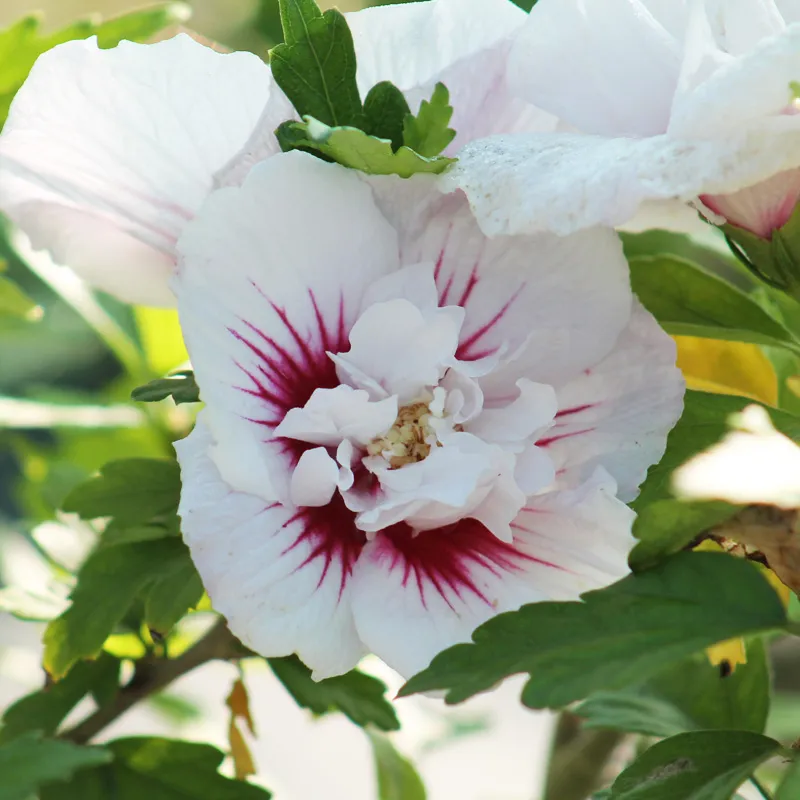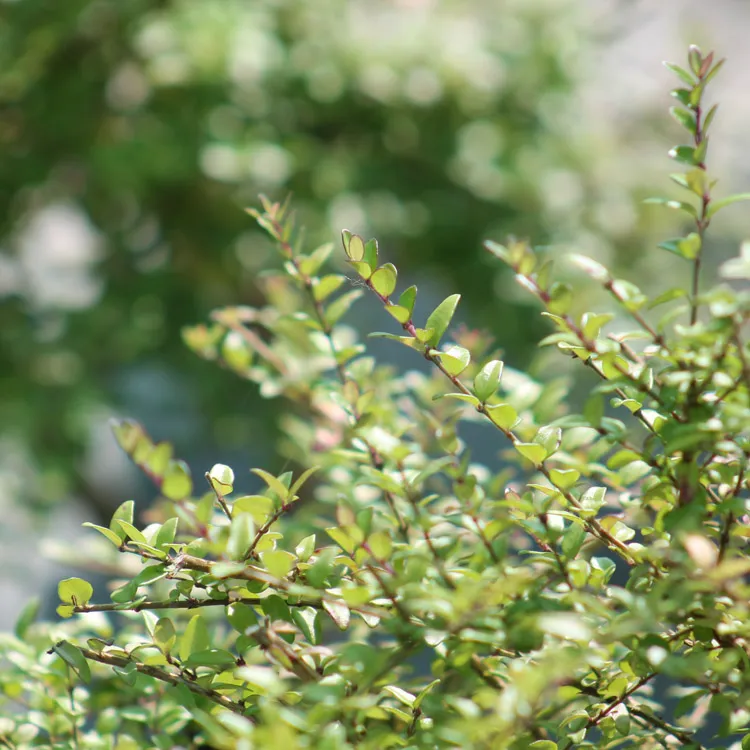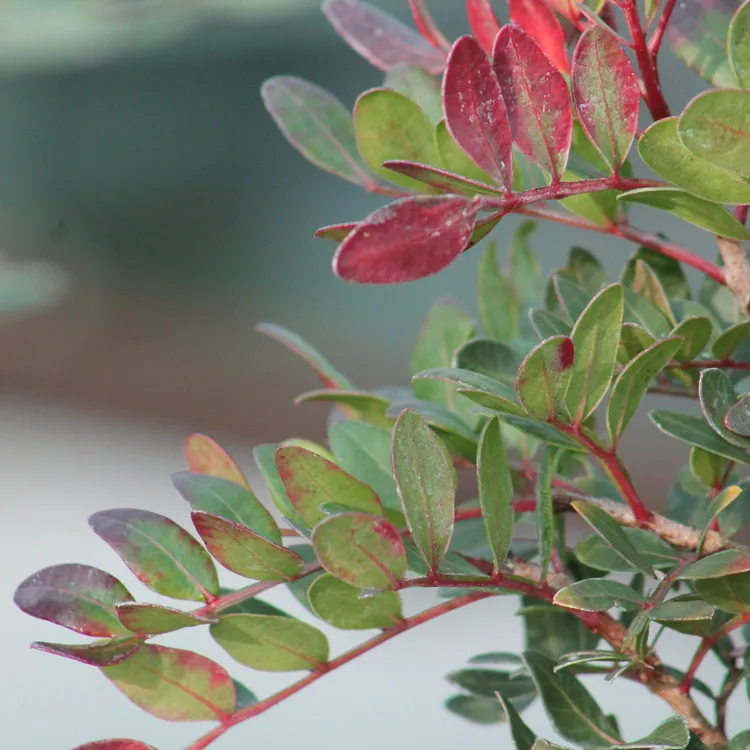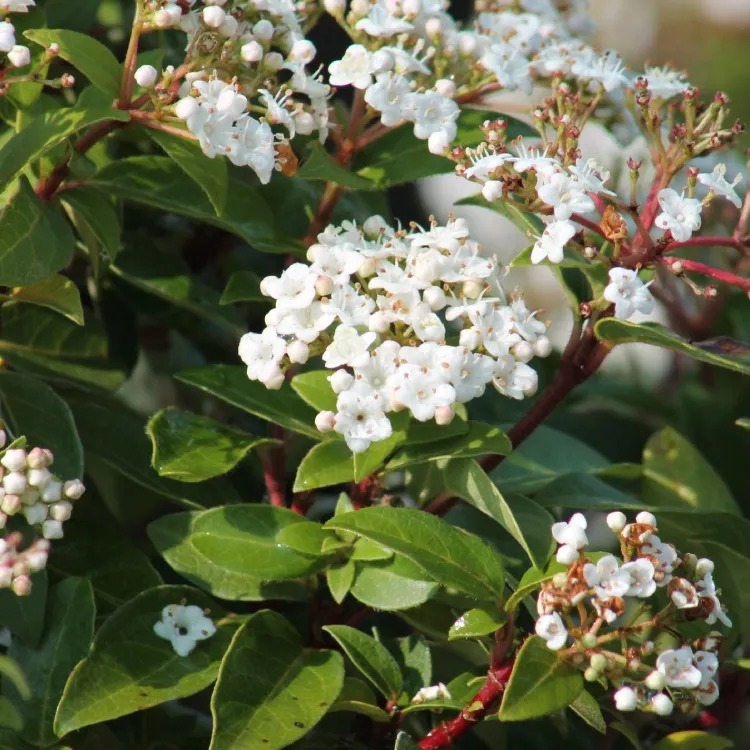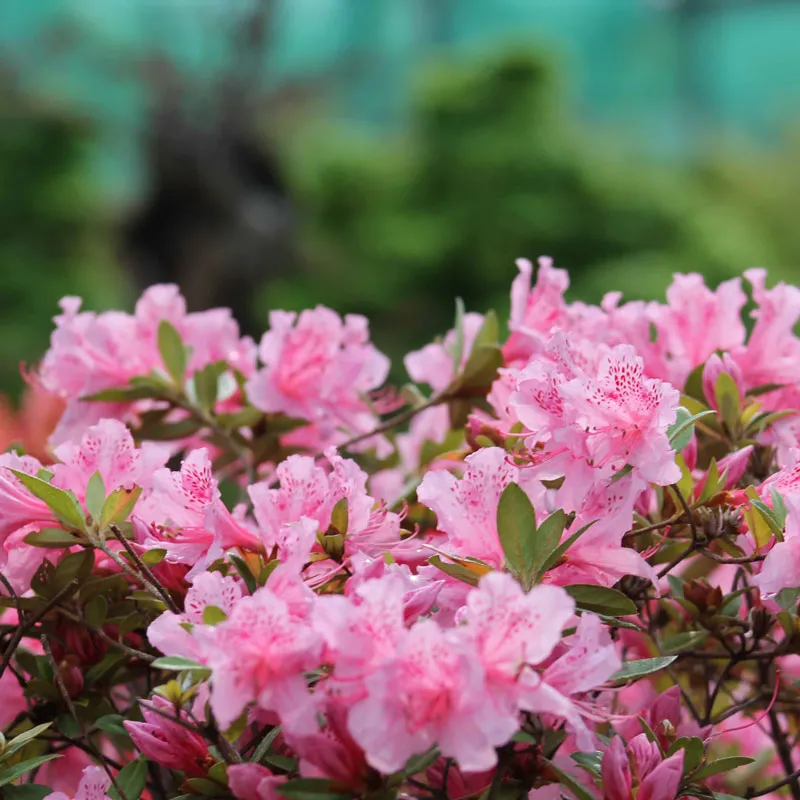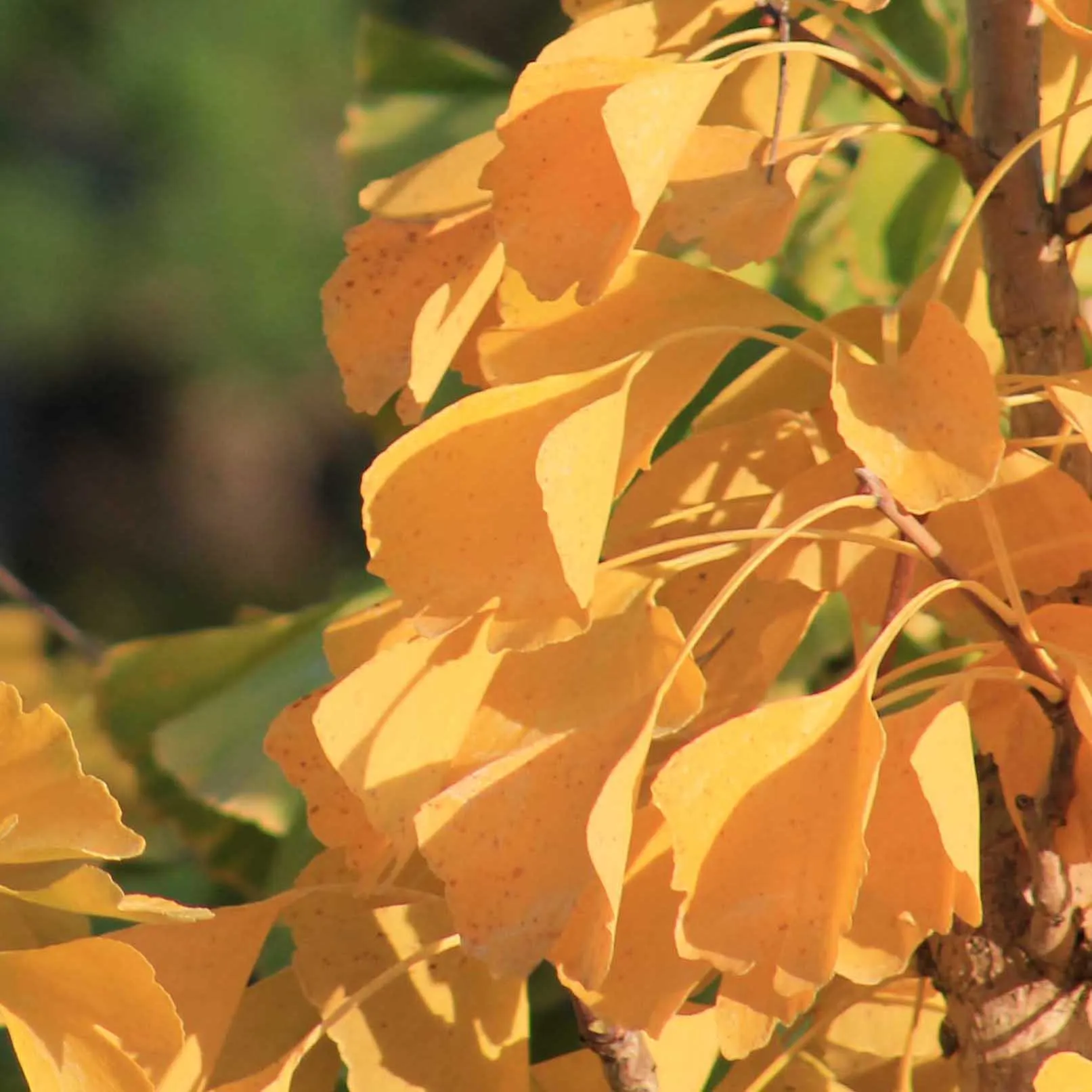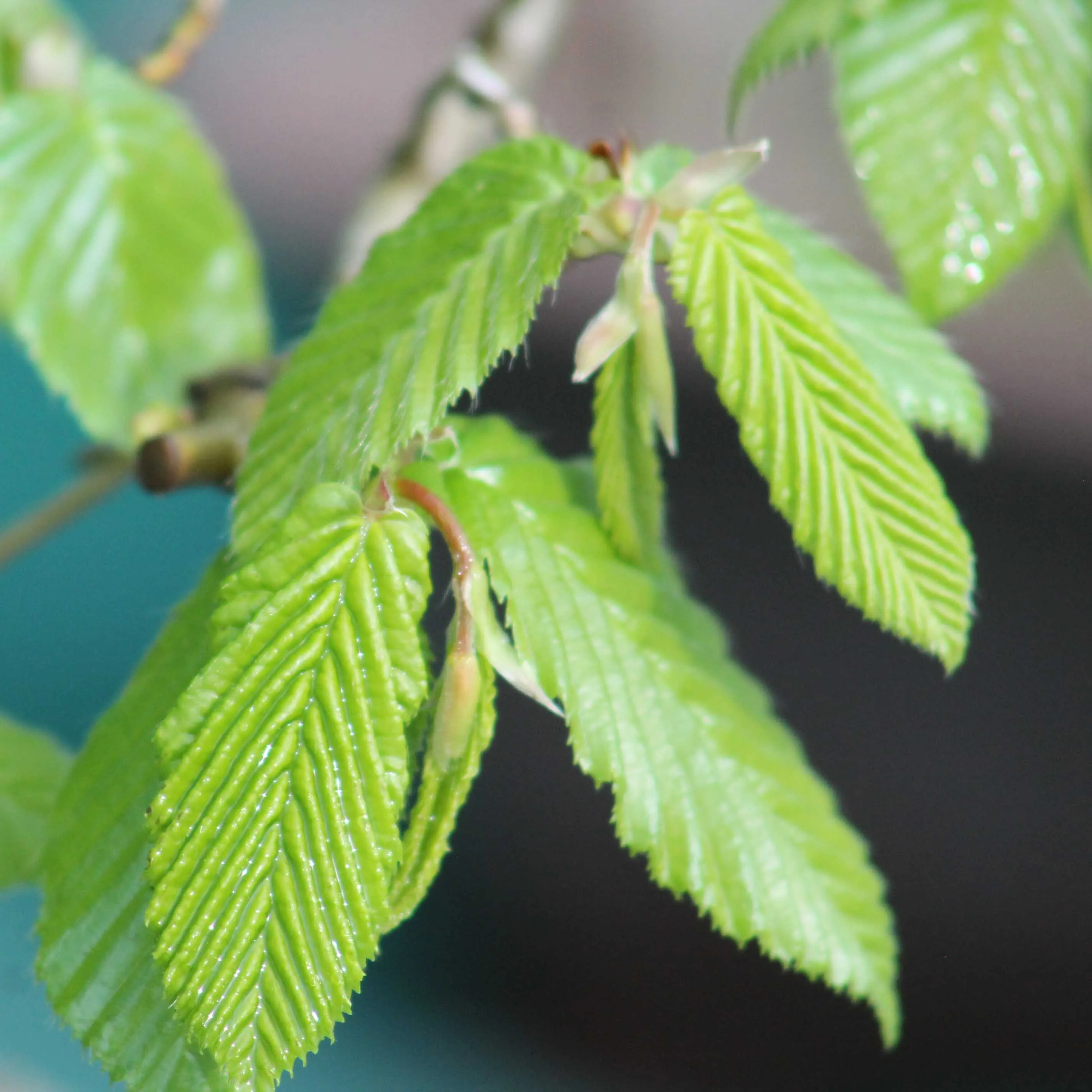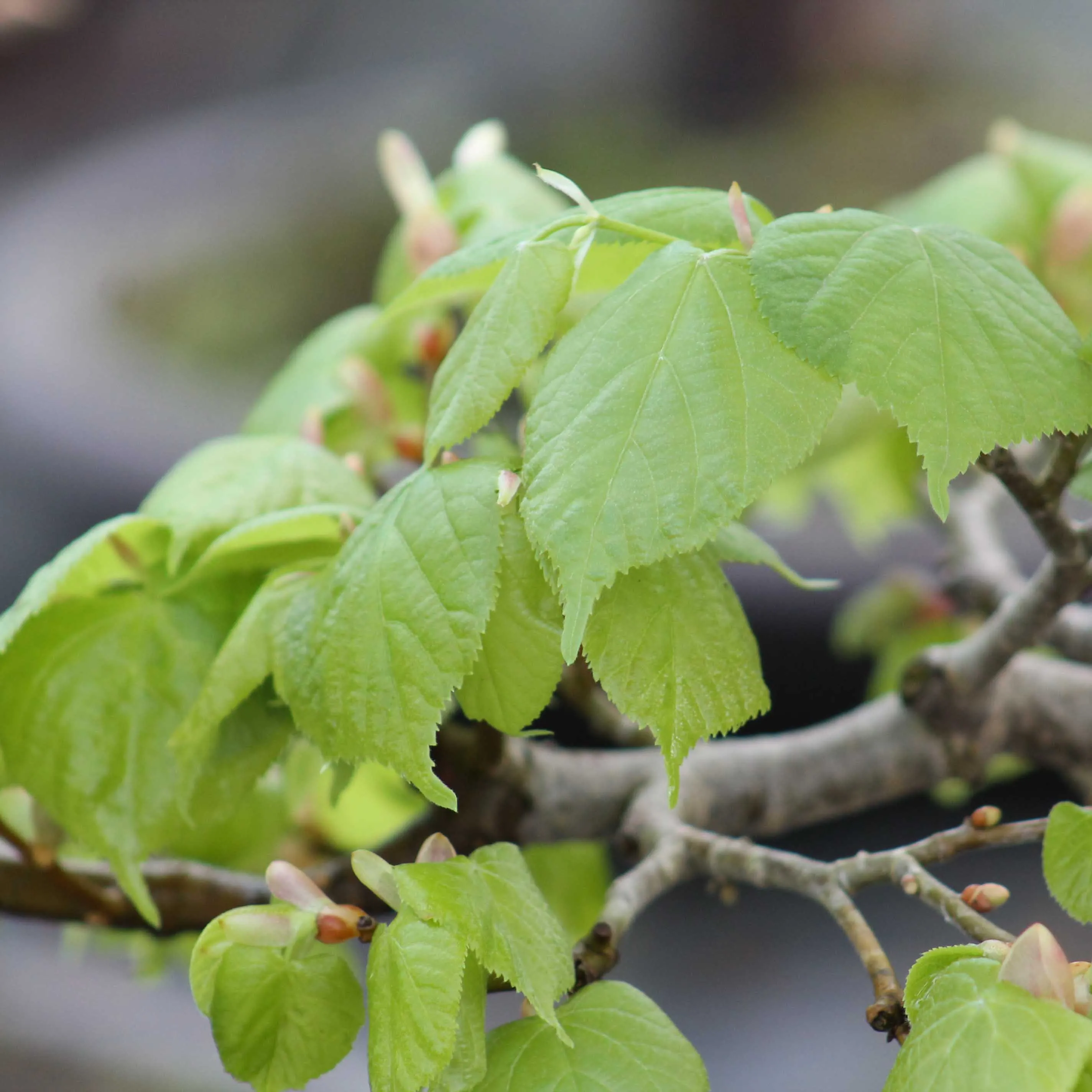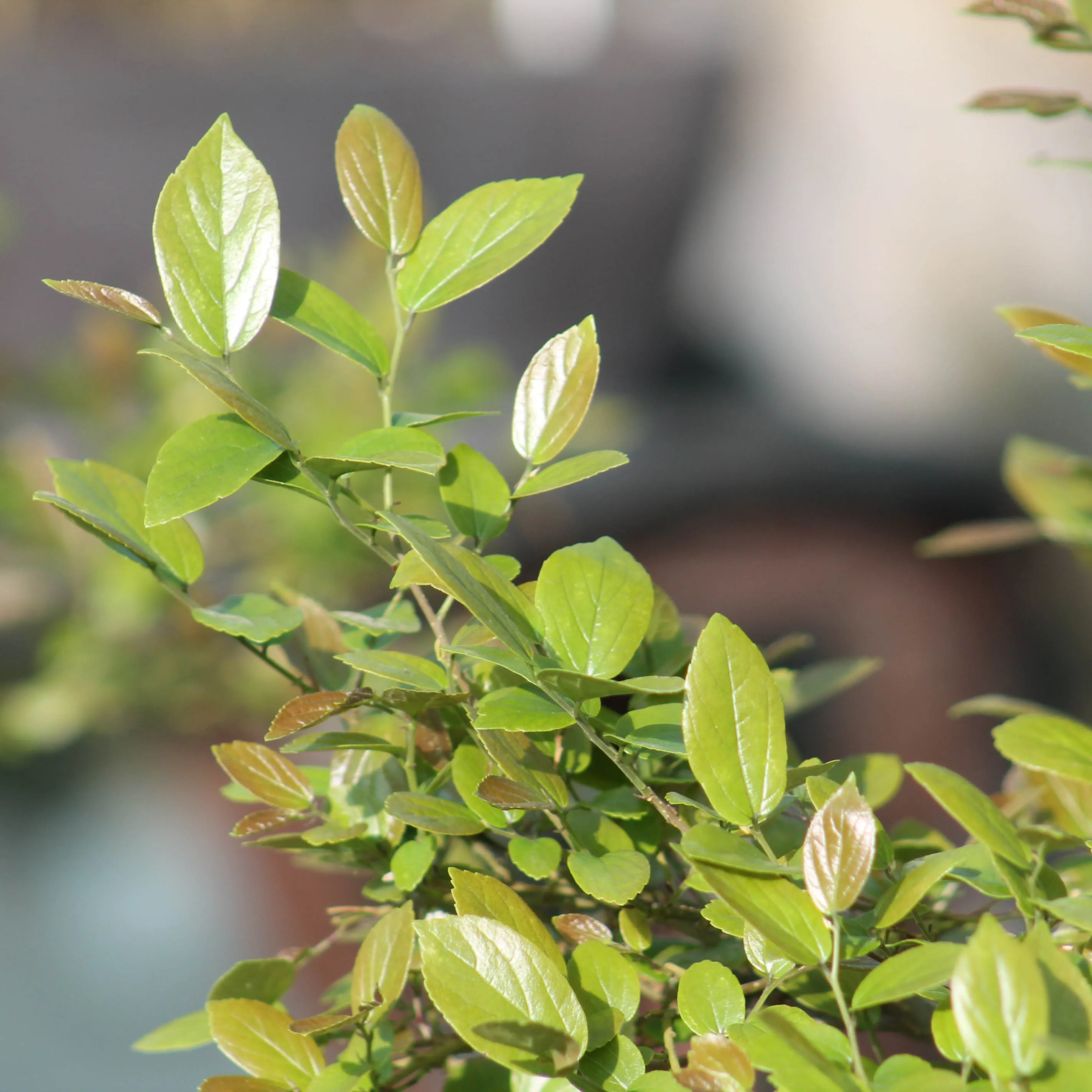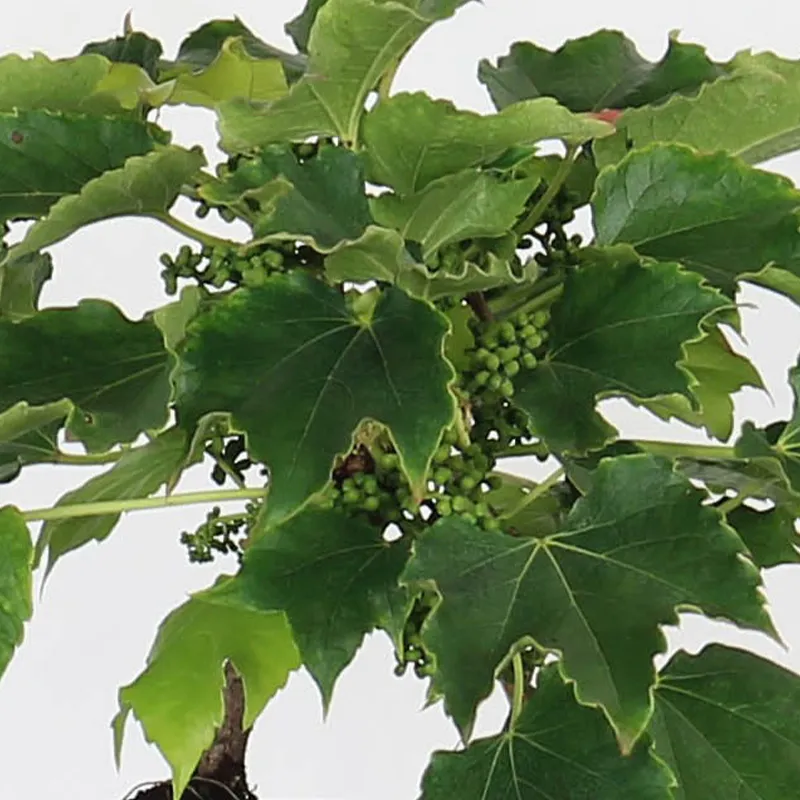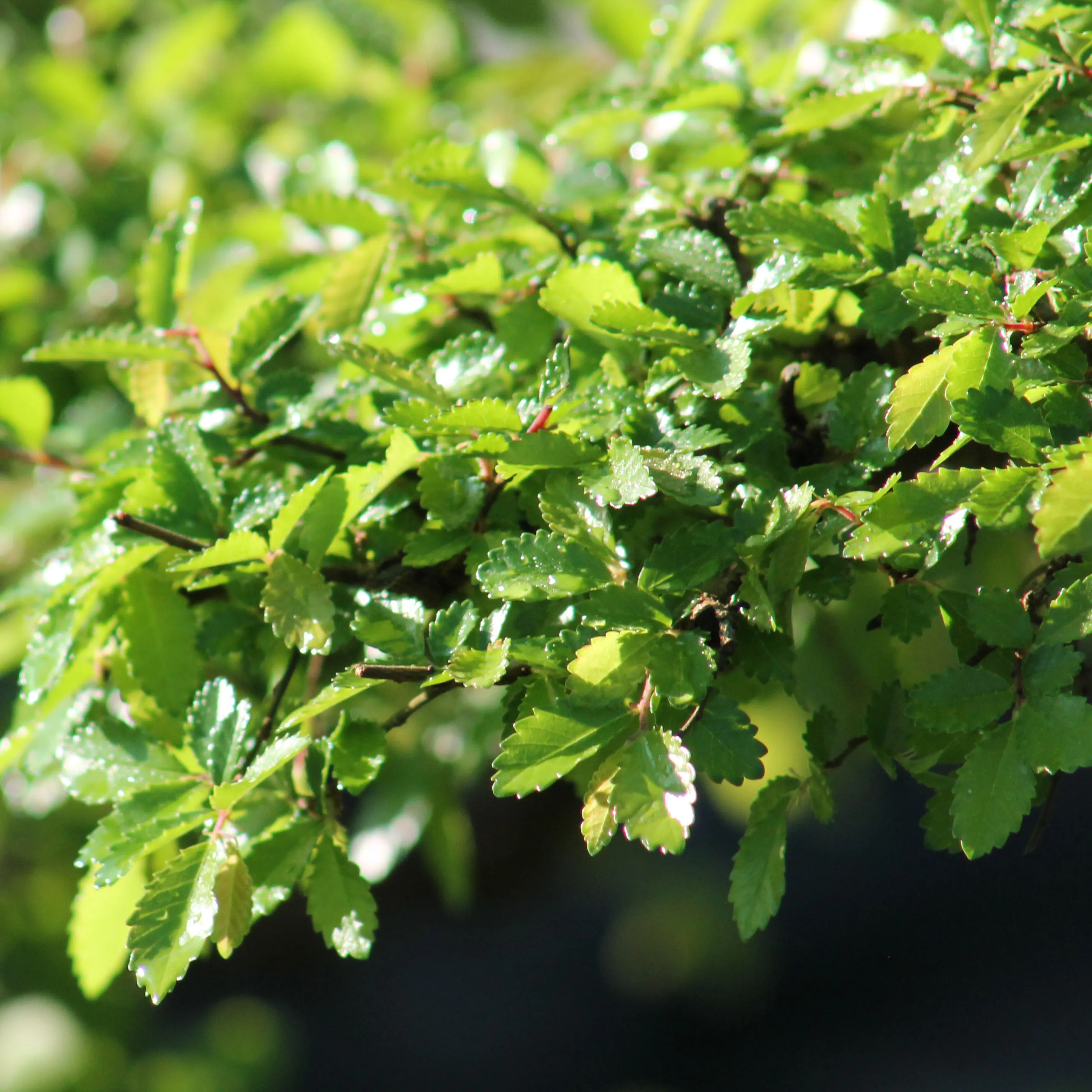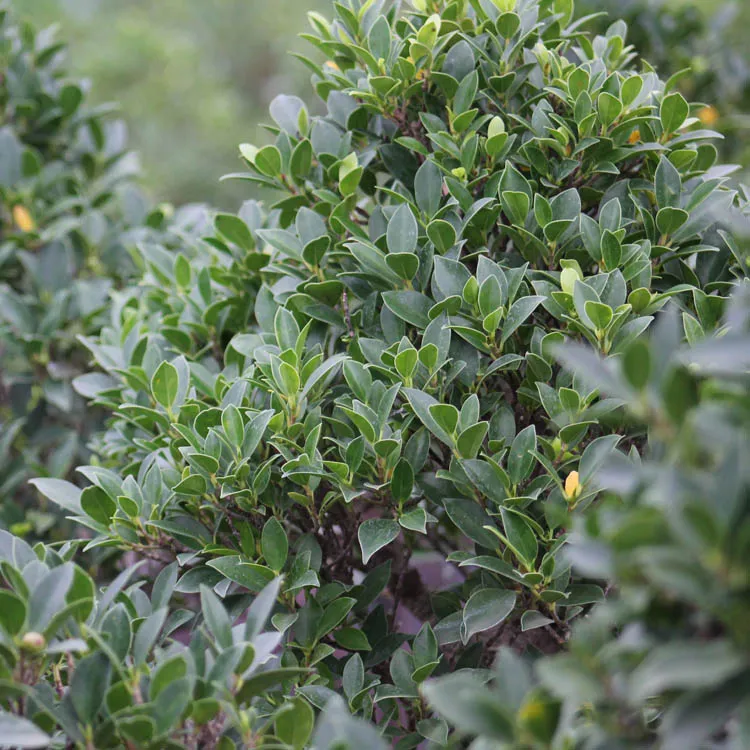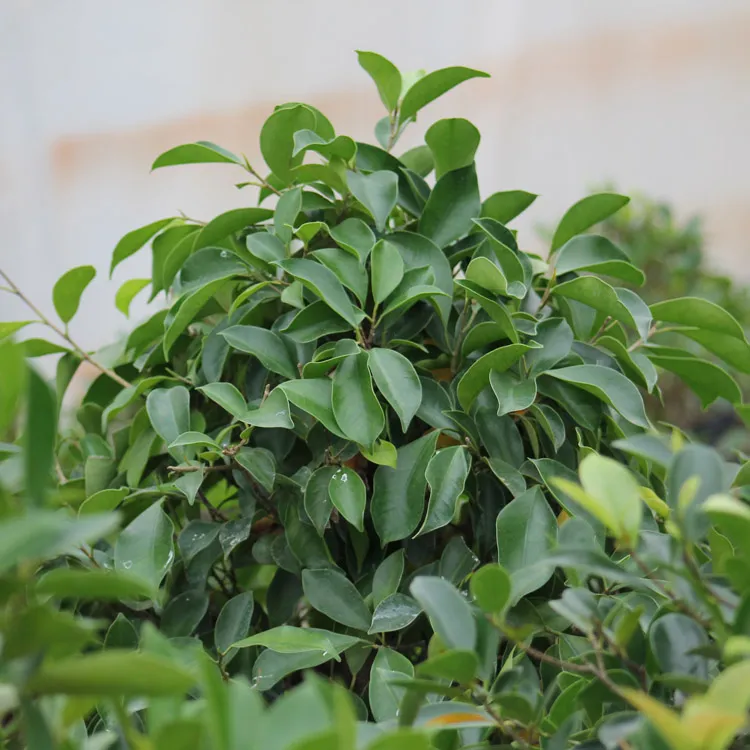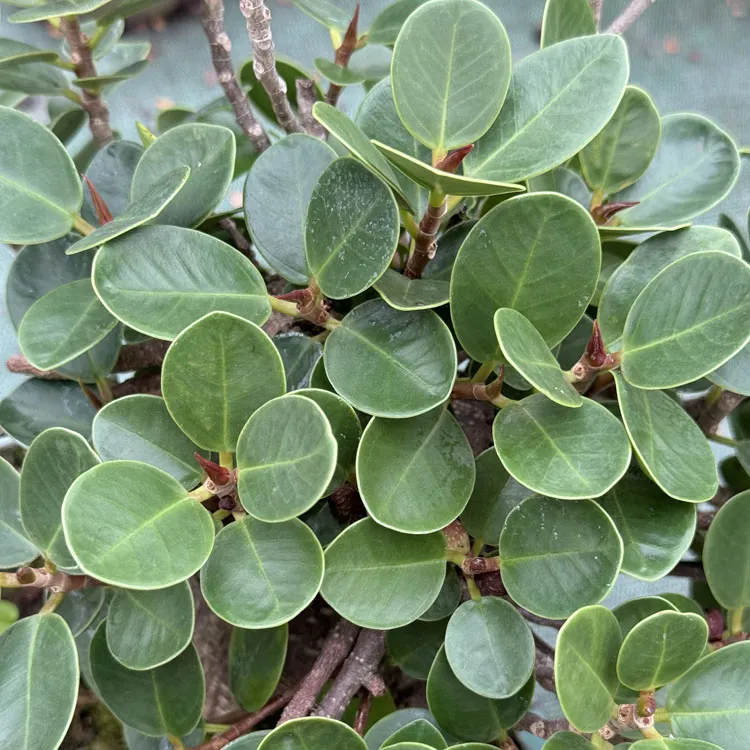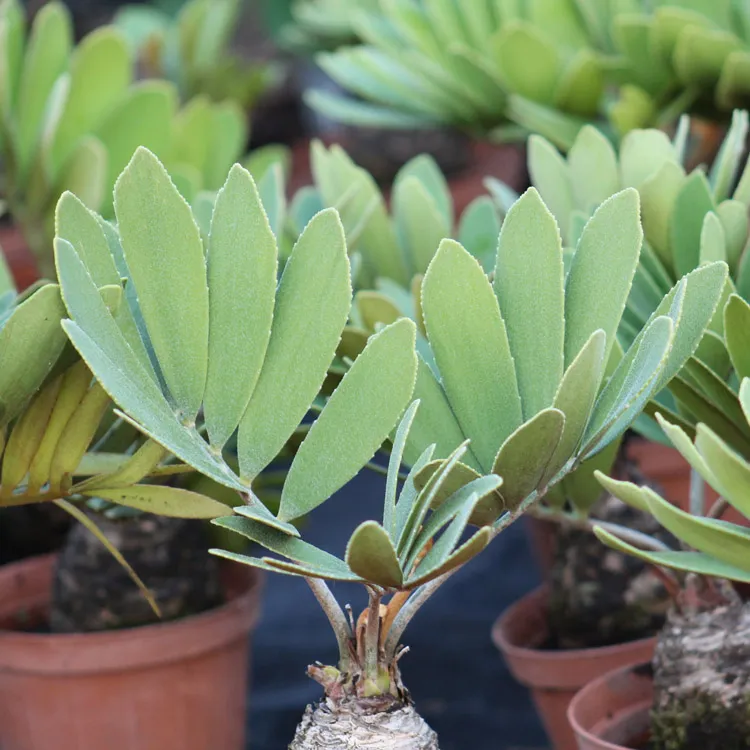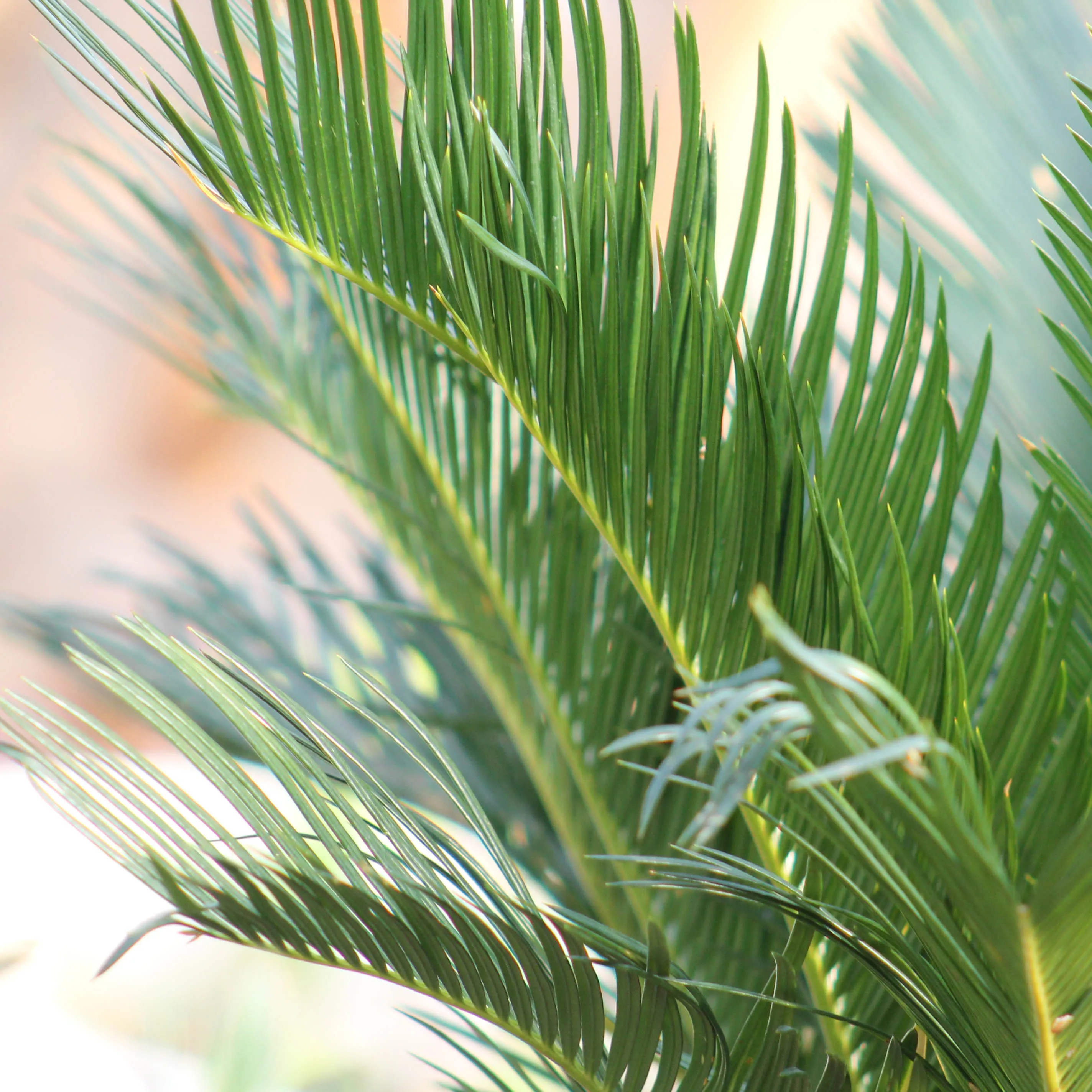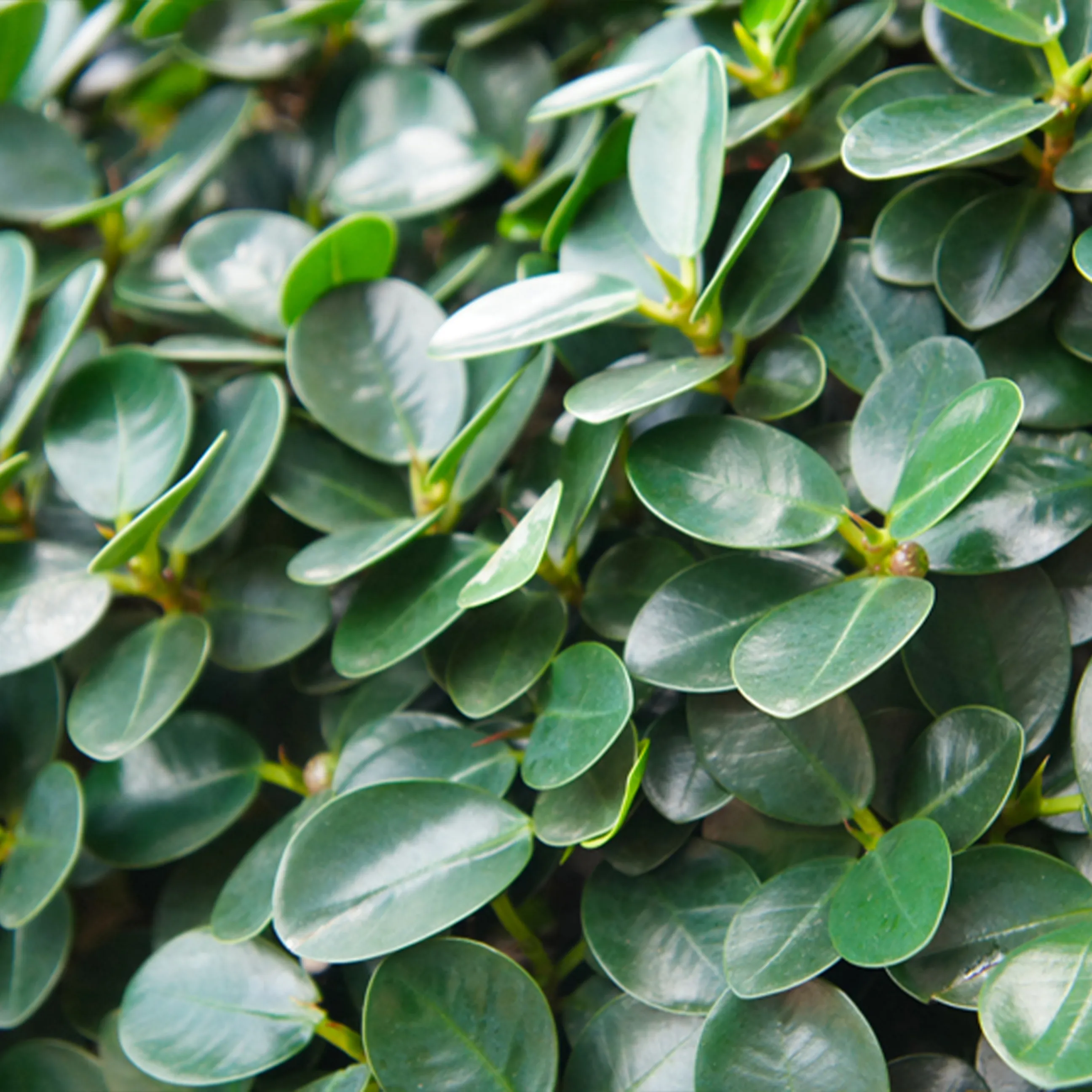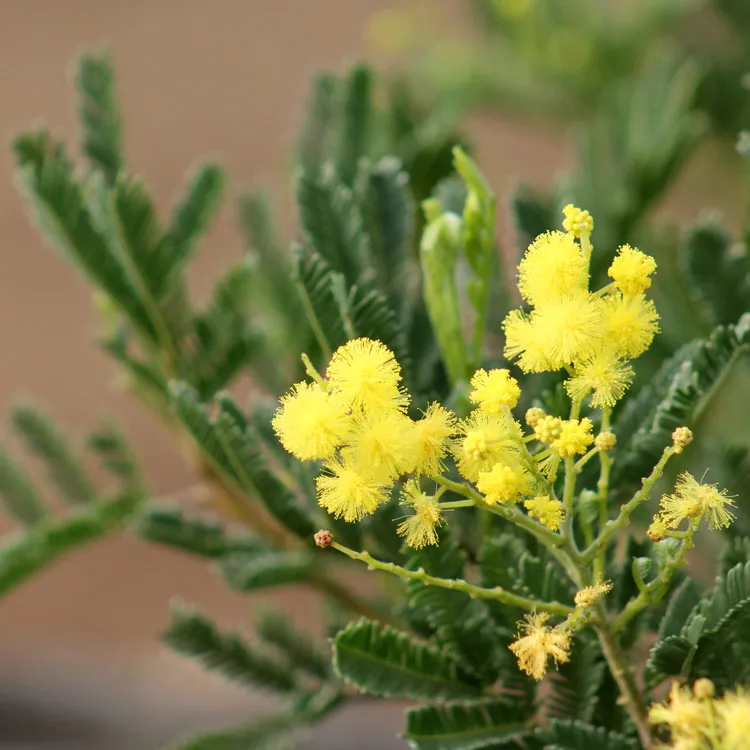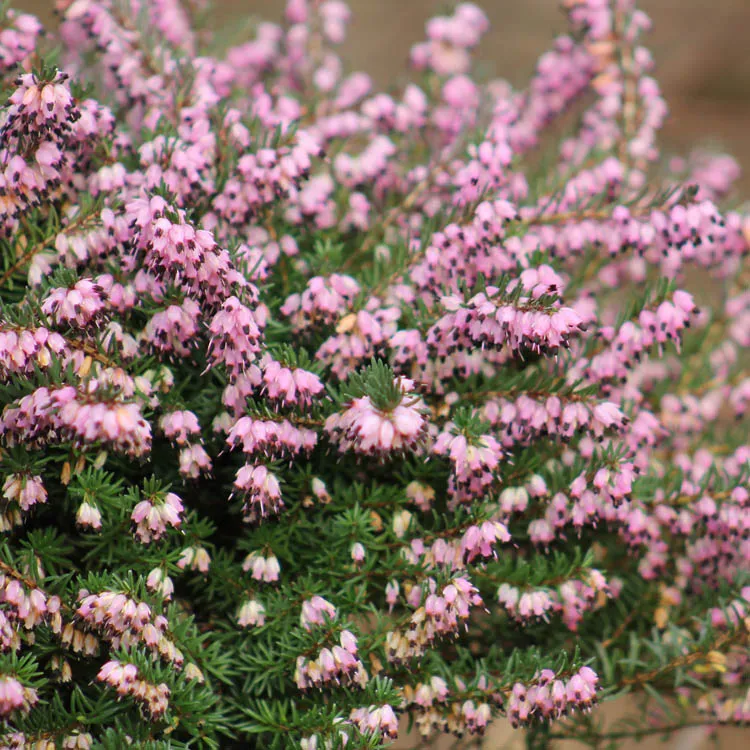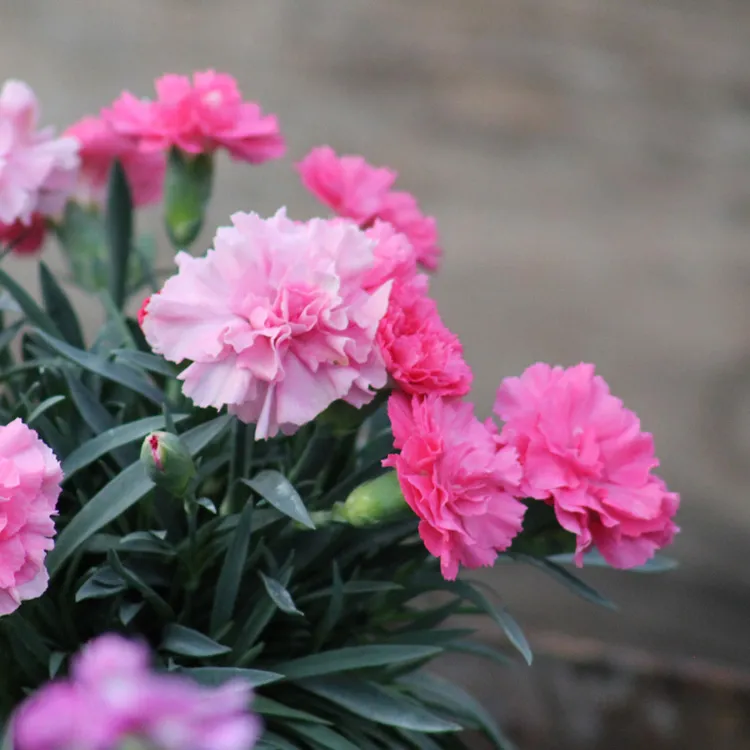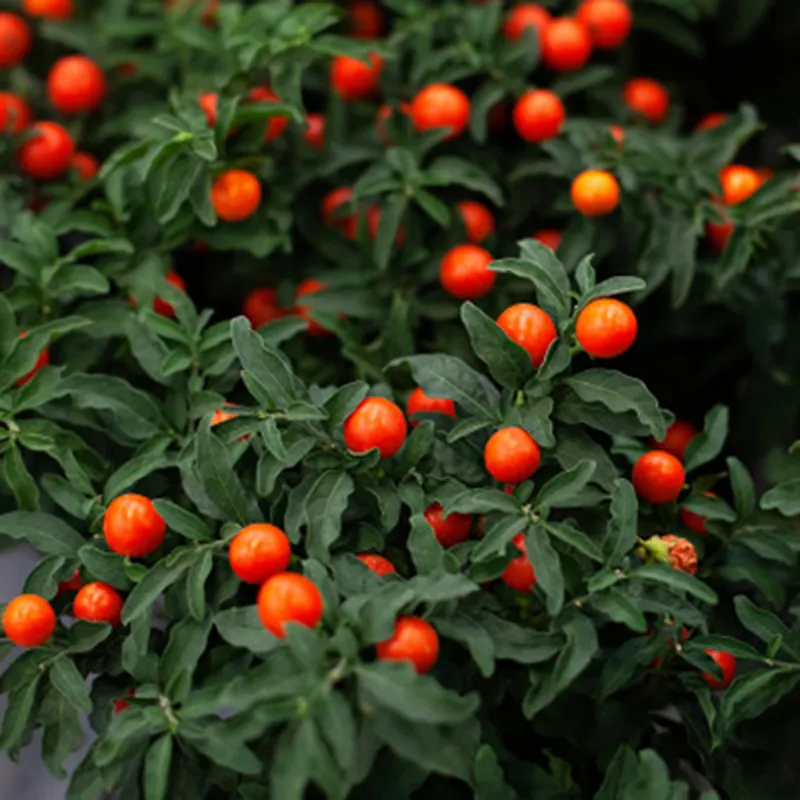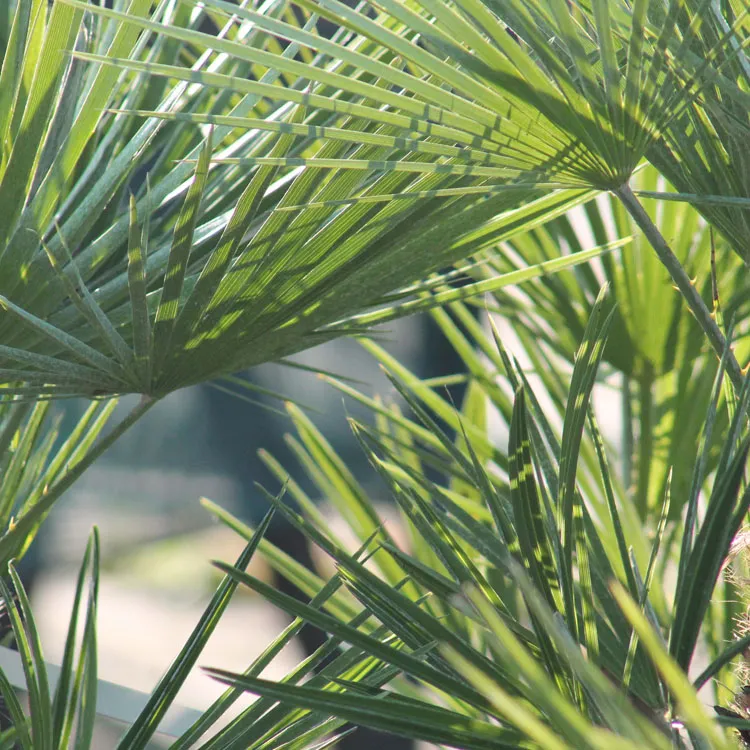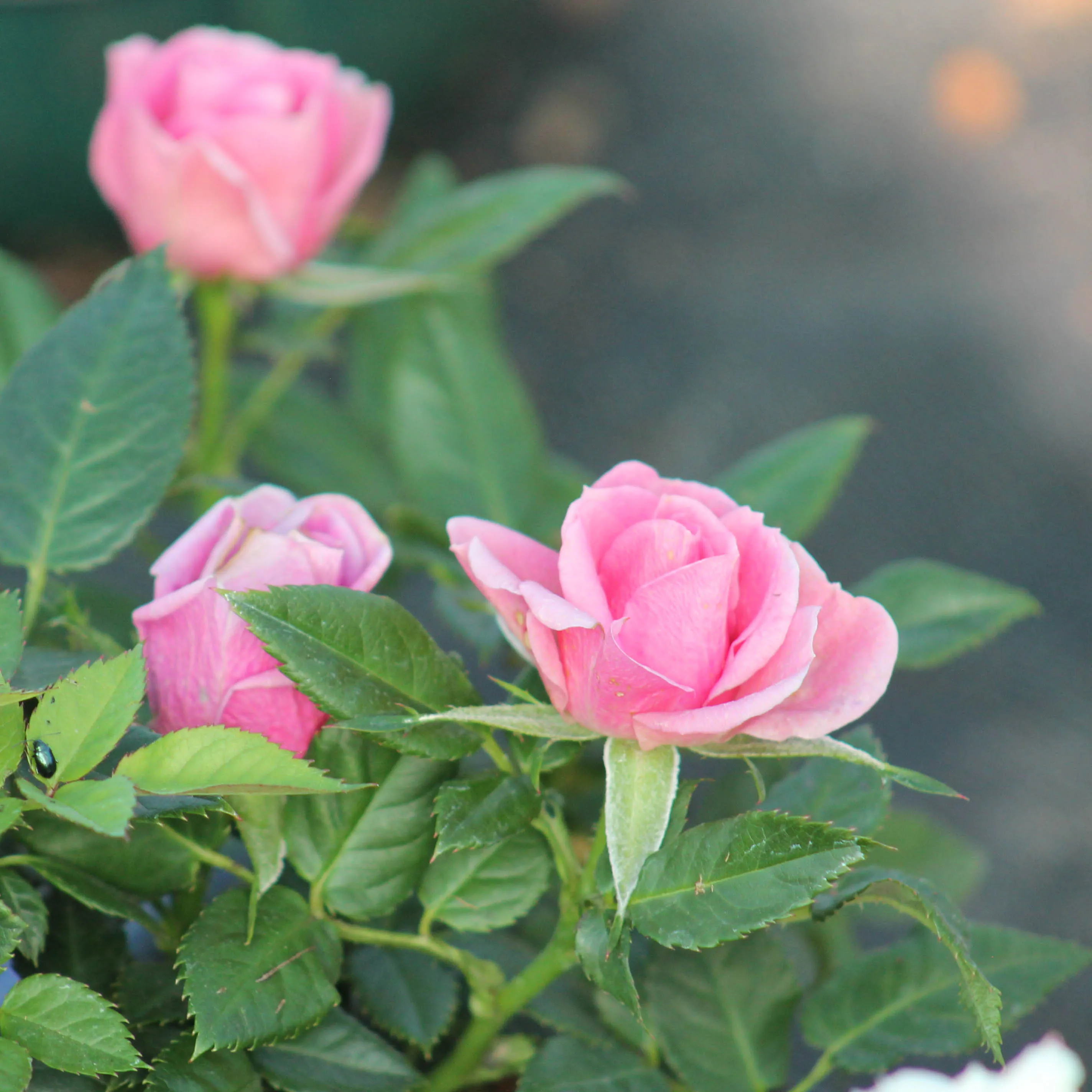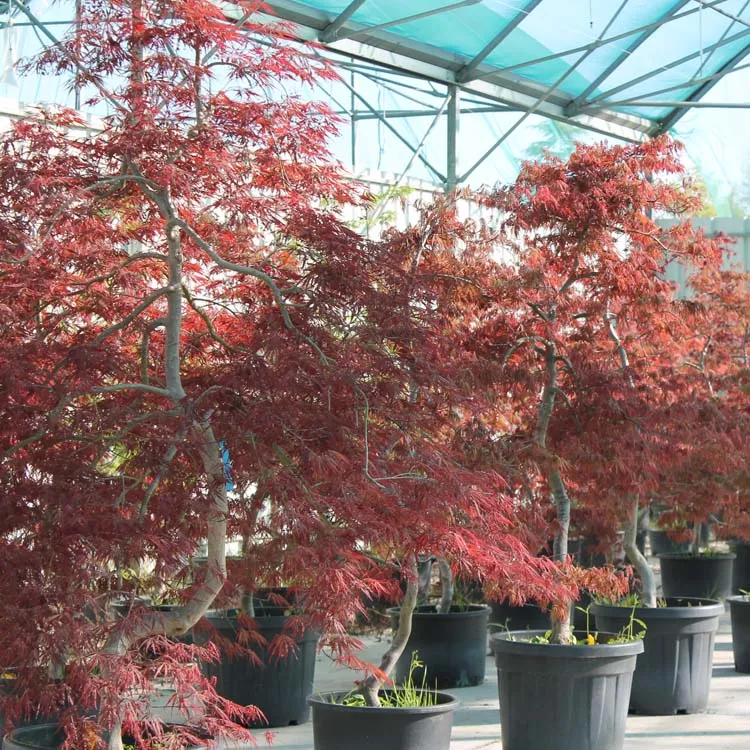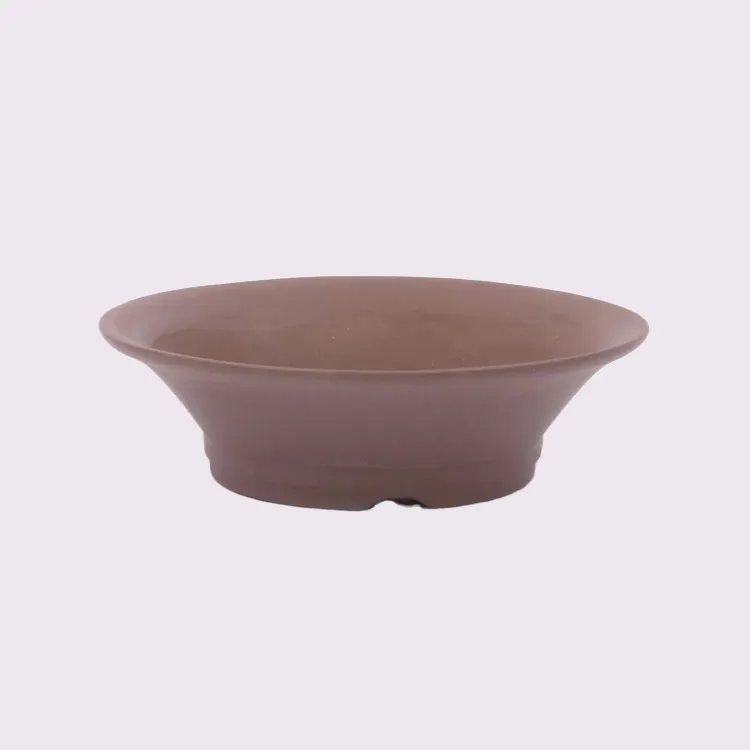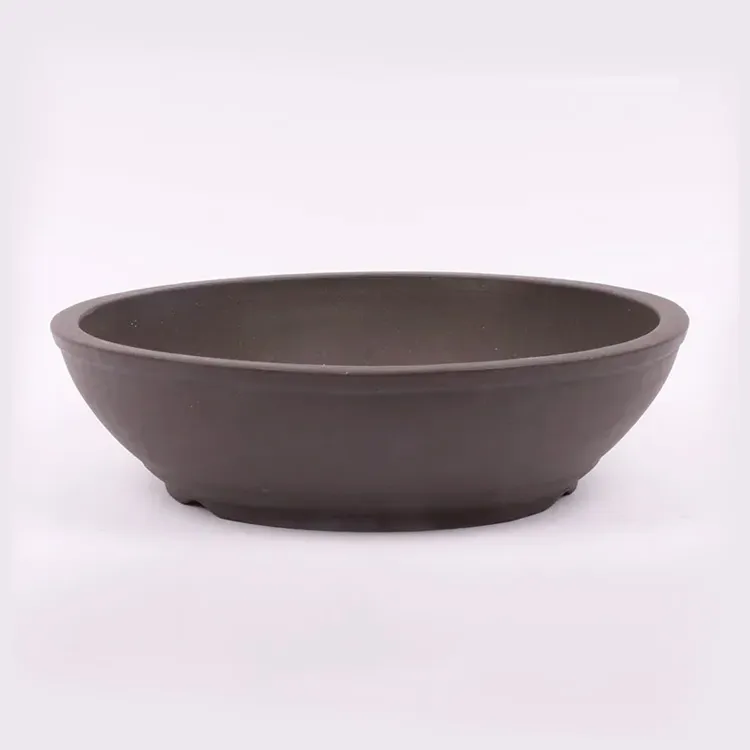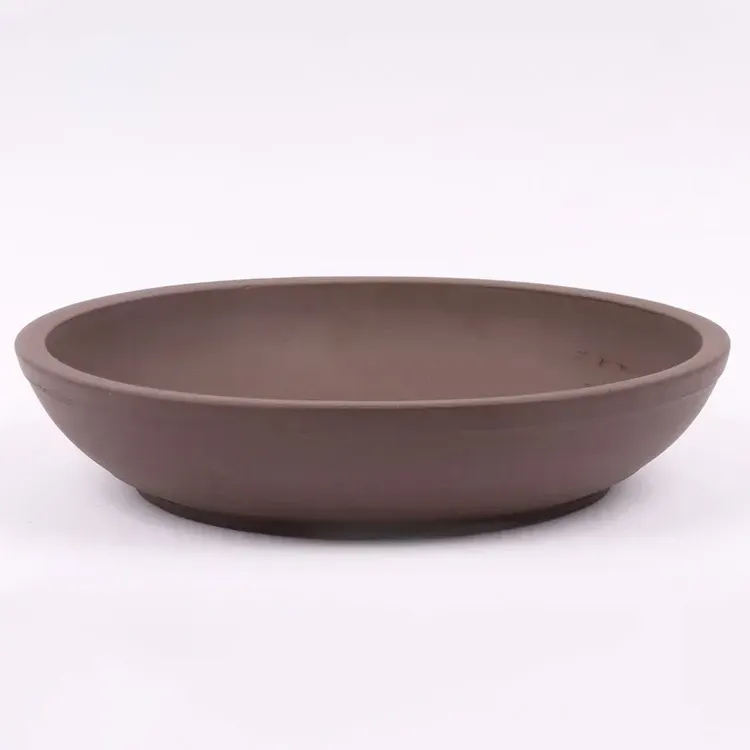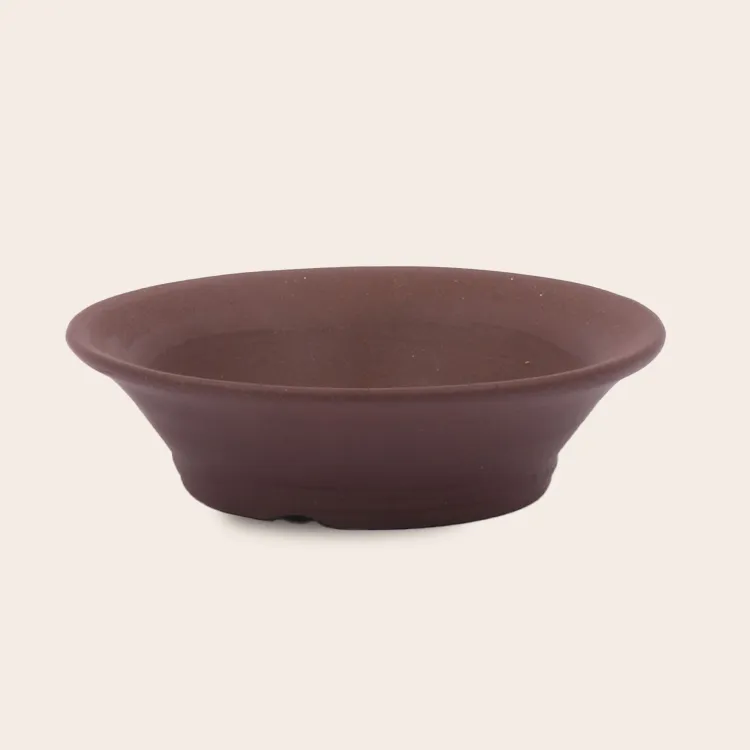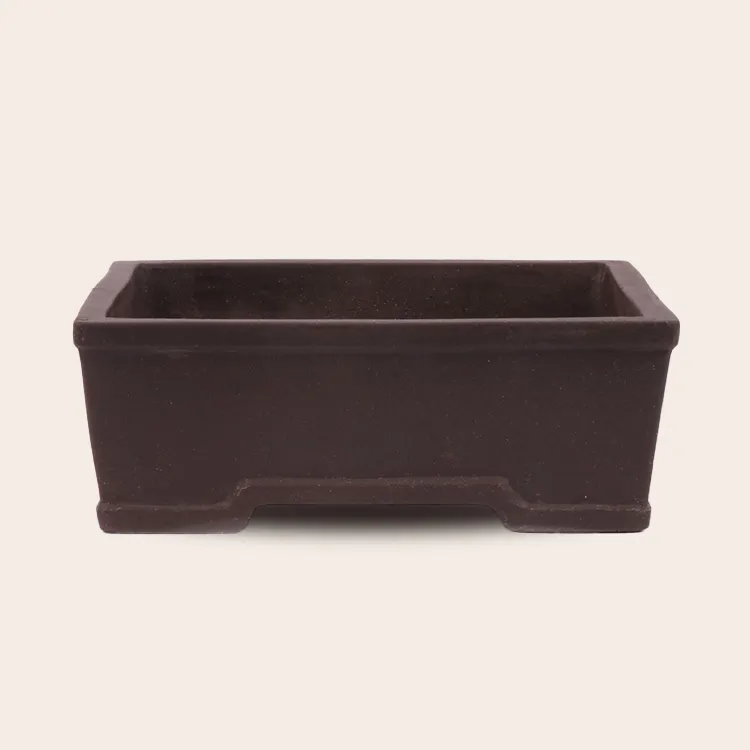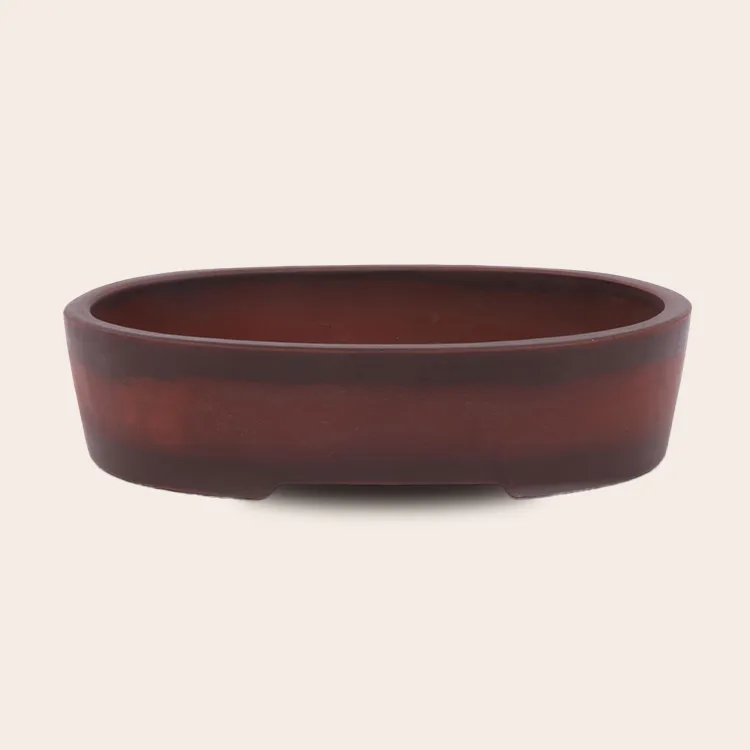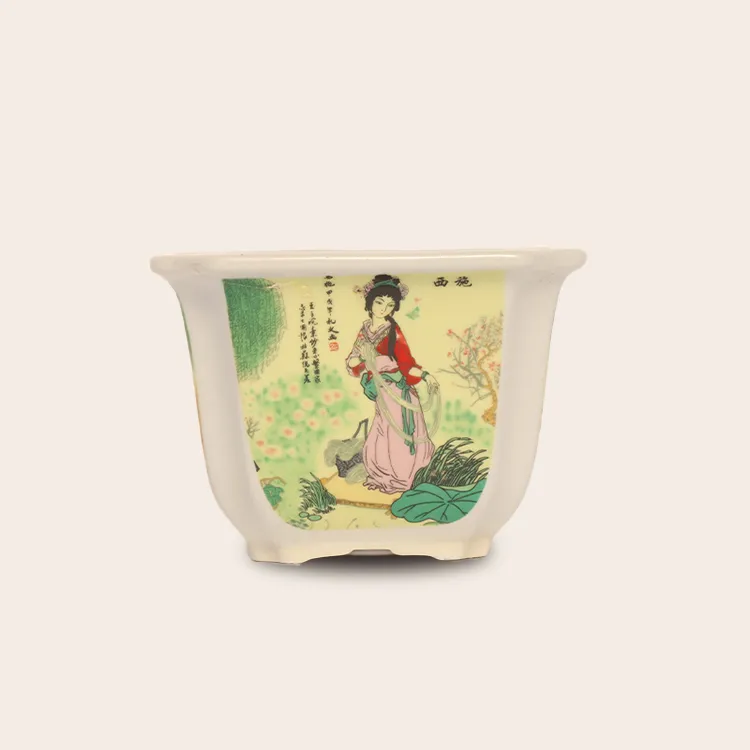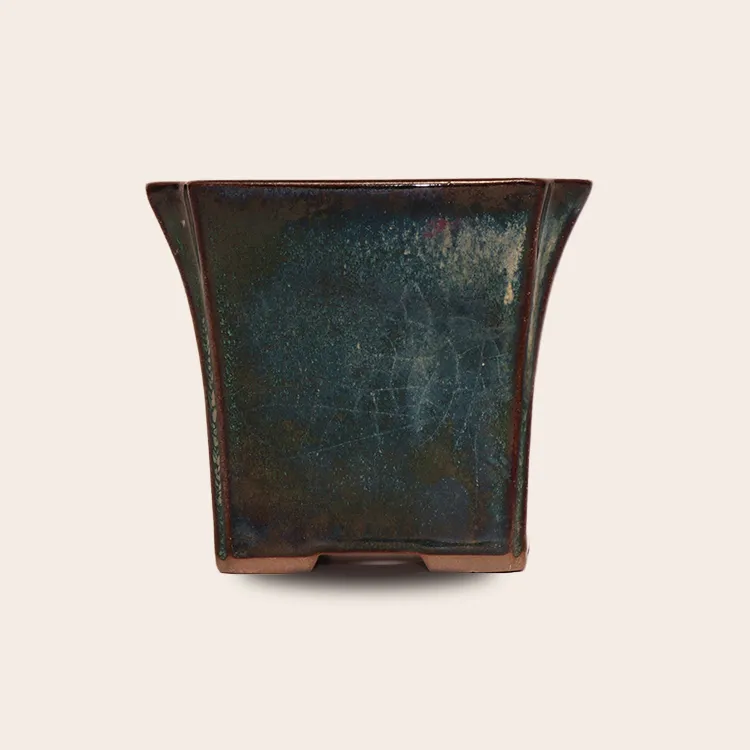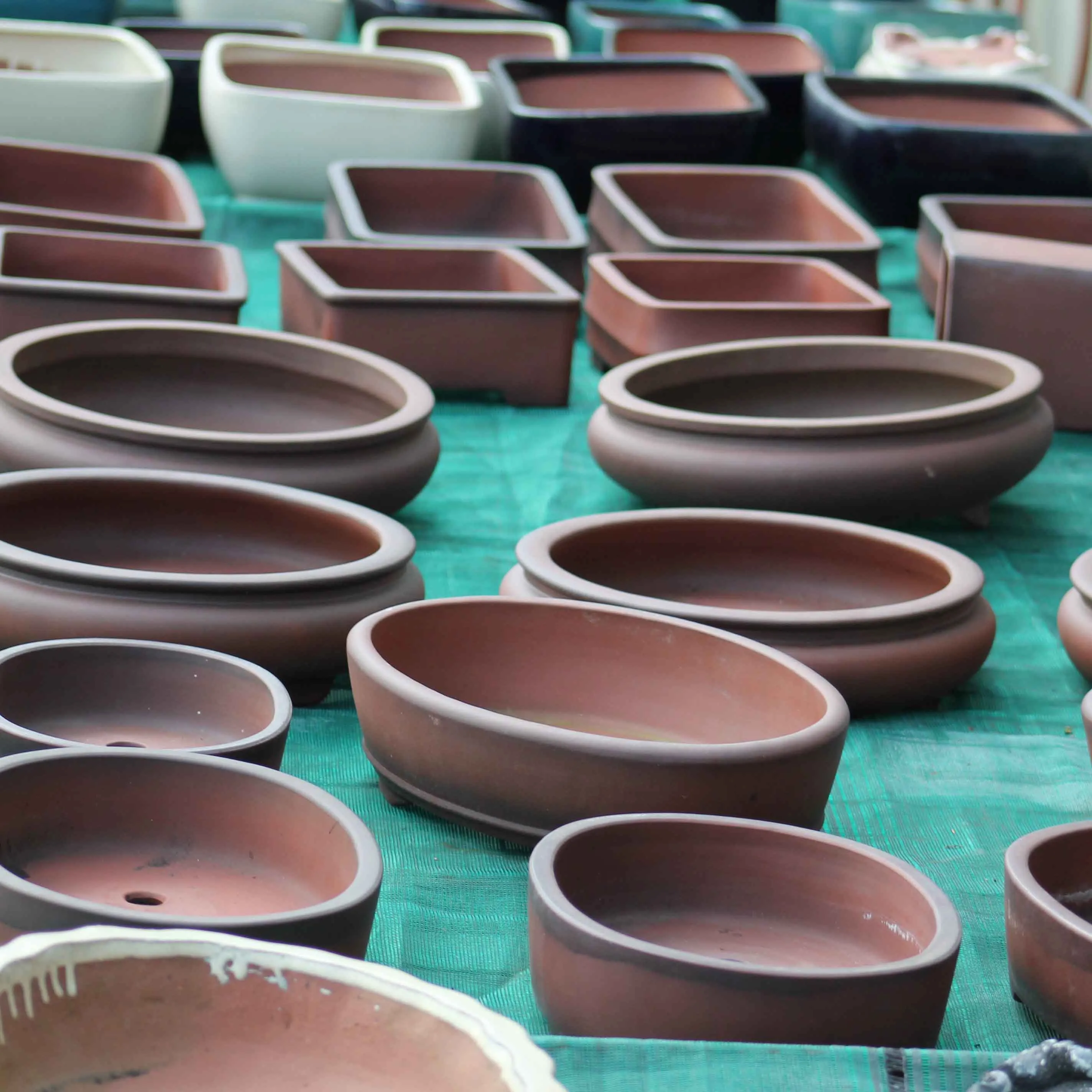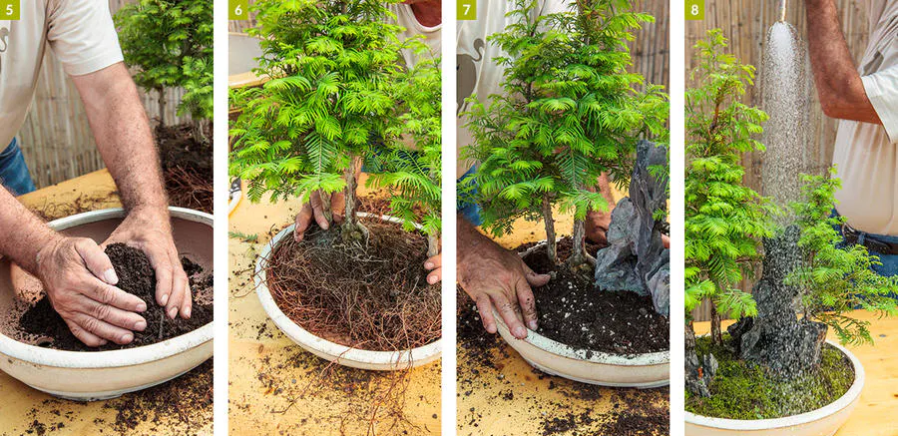March marks the awakening of nature, and our bonsai trees are no exception. At the nursery, activity is picking up with vigour, notably with the budding of the Kiyohime maples and the arrival of our flowering plants. Here are a few tips for looking after your bonsai in early spring.
Repotting : the right moment
March is a good time to repot deciduous bonsai and conifers, so do it when the bud swells, just before budding. This will renew the substrate, stimulate growth and improve the appearance of the tree. Re-potting is recommended every 2 to 3 years, especially if the roots are beginning to emerge from the pot or if water is having difficulty penetrating due to a compacted substrate. Make sure the substrate is dry before repotting to avoid damaging the roots, and do this in a shady, wind-free spot.
Caution: Repot only if your tree is in good shape. We advise against repotting a weakened or diseased tree.
Pruning and tying: structuring your bonsai
Le printemps est une période favorable pour la taille de structure et la ligature de vos bonsaï. La circulation accrue de la sève rend les branches plus flexibles, facilitant la mise en forme. Toutefois, il convient d'être prudent lors de la ligature pour ne pas endommager les nouveaux bourgeons. De plus, la taille des branches doit être réfléchie : laissez pousser celles qui doivent s'épaissir avant de les tailler.
Érables Kiyohime : une attention particulière
Spring is a good time to prune the structure and bind your bonsai. The increased circulation of sap makes the branches more flexible, making them easier to shape. However, care should be taken when tying up to avoid damaging the new buds. In addition, branches should be pruned carefully: let those that need to thicken grow before pruning.
The complete guide to Kiyohime maple
If you'd like to add to your collection, take a look at our selection of Kiyohime maples available at the nursery.
Discover our Kiyohime maples for sale
.jpg)
Watering and fertilising: adapting inputs
As growth resumes, your bonsai's water requirements increase. Water abundantly, especially in hot weather, to keep the substrate cool. As soon as the first shoots have developed, start fertilising. We recommend an organic fertiliser every two months, from May until autumn, combined with a low-nitrogen chemical fertiliser to strengthen your bonsai and give it beautiful foliage colours.
Arrival of our flowers
Spring is also synonymous with flowering. At the nursery, our flowering plants start to bloom and reveal their beautiful flowers: magnolia, quince, azalea, cherry, apple...
Don't hesitate to visit our online shop to discover our new products and get personalised advice on caring for your bonsai.
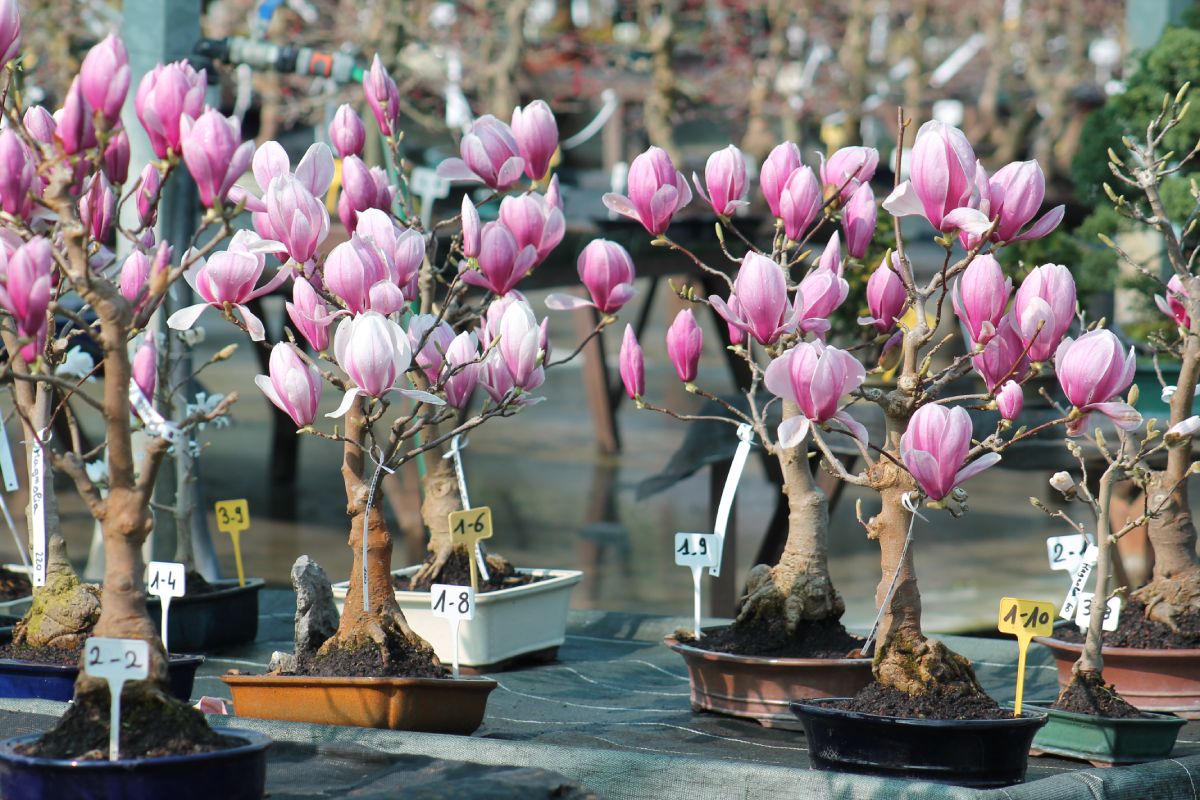
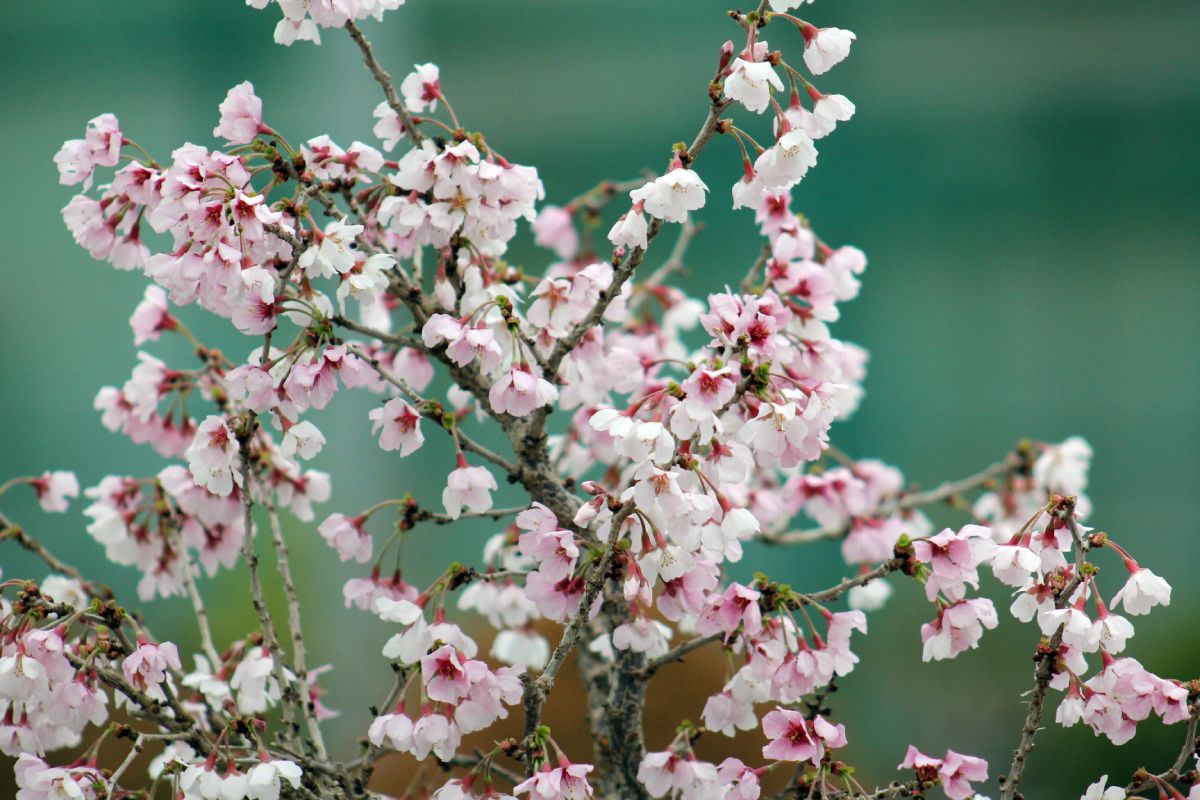
Prevention against aphids and scale insects
With the warmer weather, pests are making an appearance, particularly aphids and scale insects, which can weaken your bonsai. To prevent them from appearing, inspect the foliage and young shoots regularly. A preventive treatment with diluted black soap can be effective. In the event of heavy infestation, don't hesitate to use a stronger treatment (chemical) if necessary. Good ventilation and appropriate watering will also help to limit their spread.
The most sensitive varieties :
- Maple, quince, apple tree, Indian lilac, beech, rose... Their foliage and tender young shoots are prime targets for aphids.
- Pine : be careful, it is susceptible to scale insects.
Spring is a key period for your bonsai. By looking after them carefully from March onwards, you'll be laying the foundations for a vigorous and successful season. Don't hesitate to come and see us at the nursery or visit our online shop to discover our new products and take advantage of our advice!


 Production of French Bonsai
Production of French Bonsai
